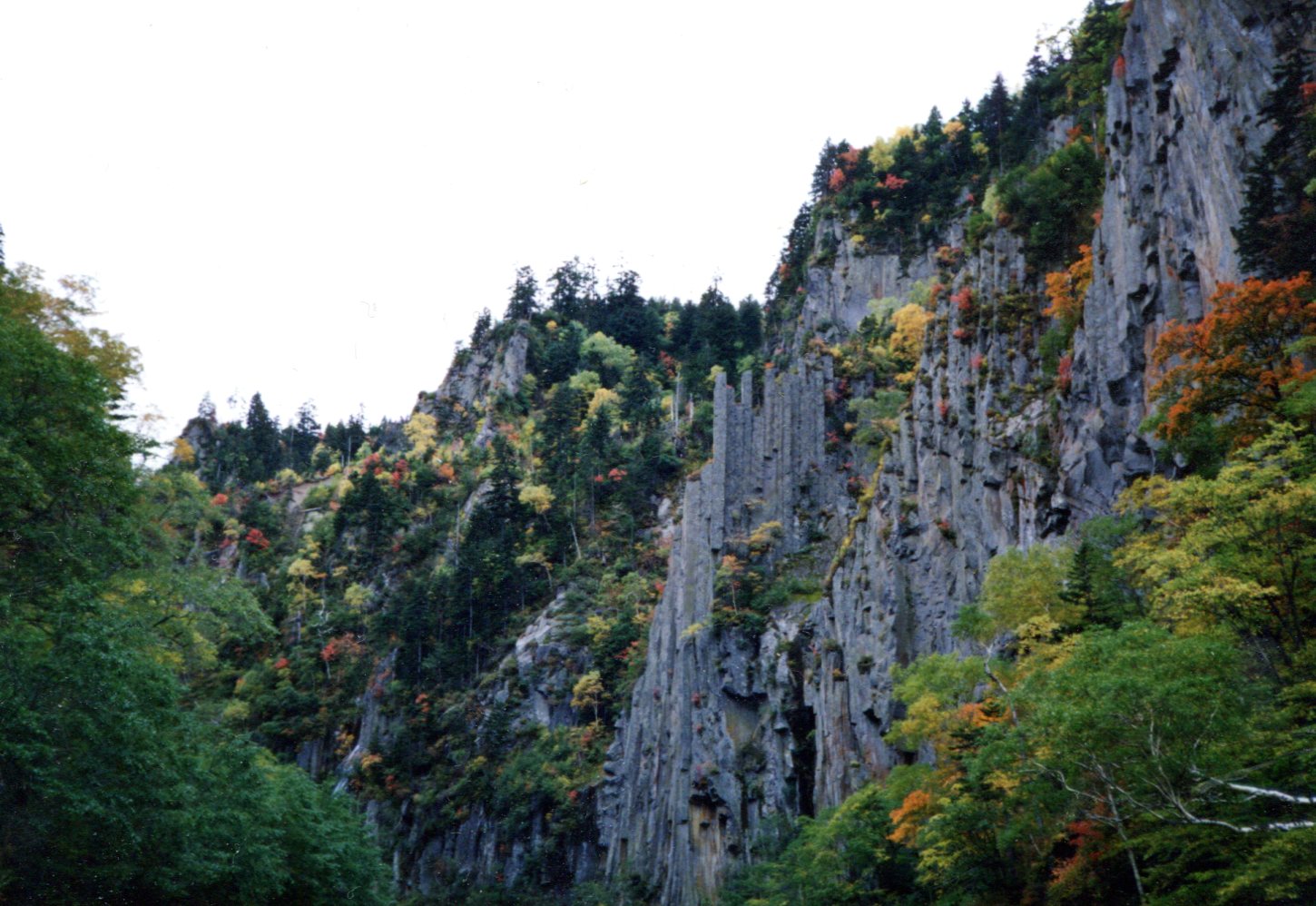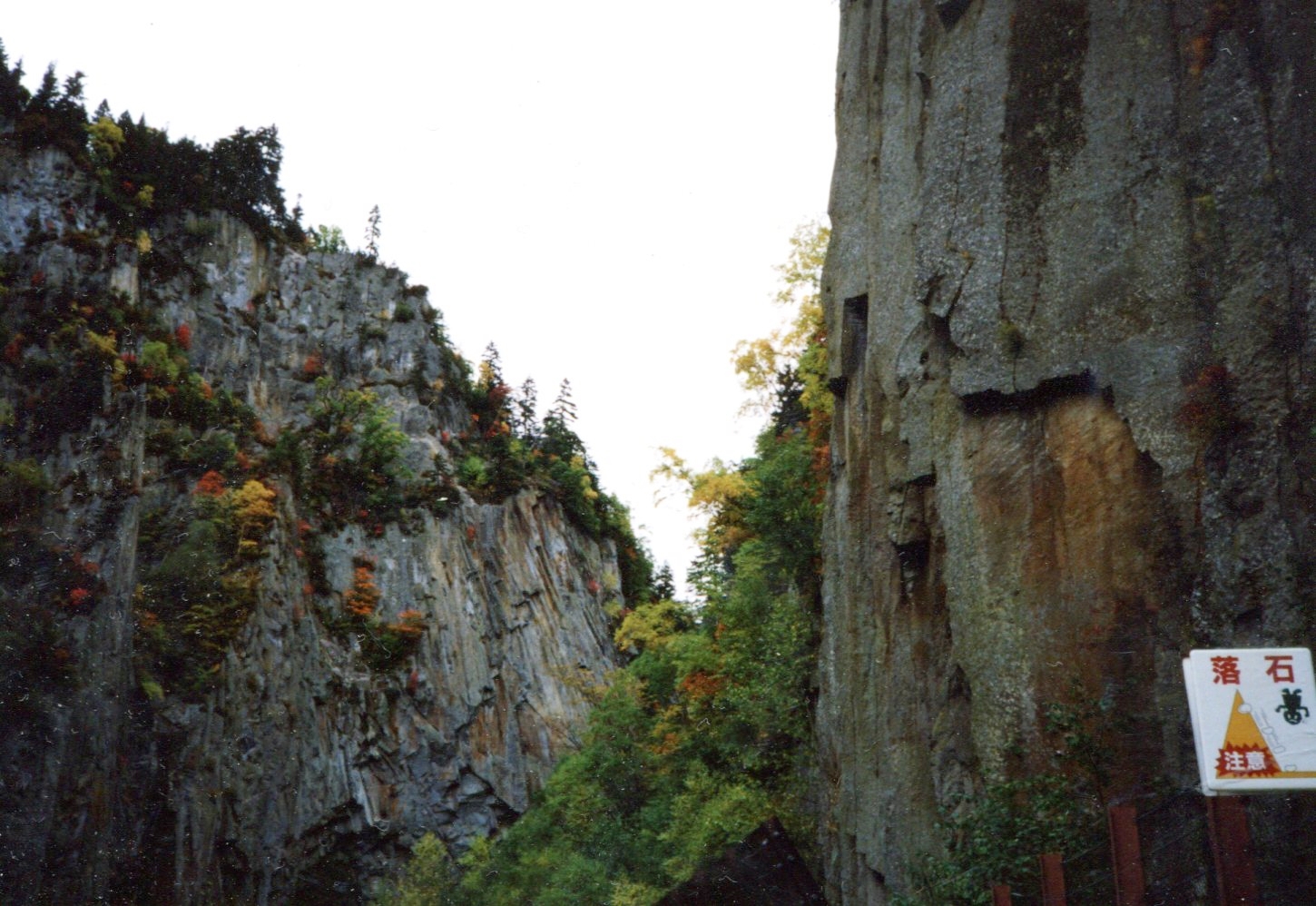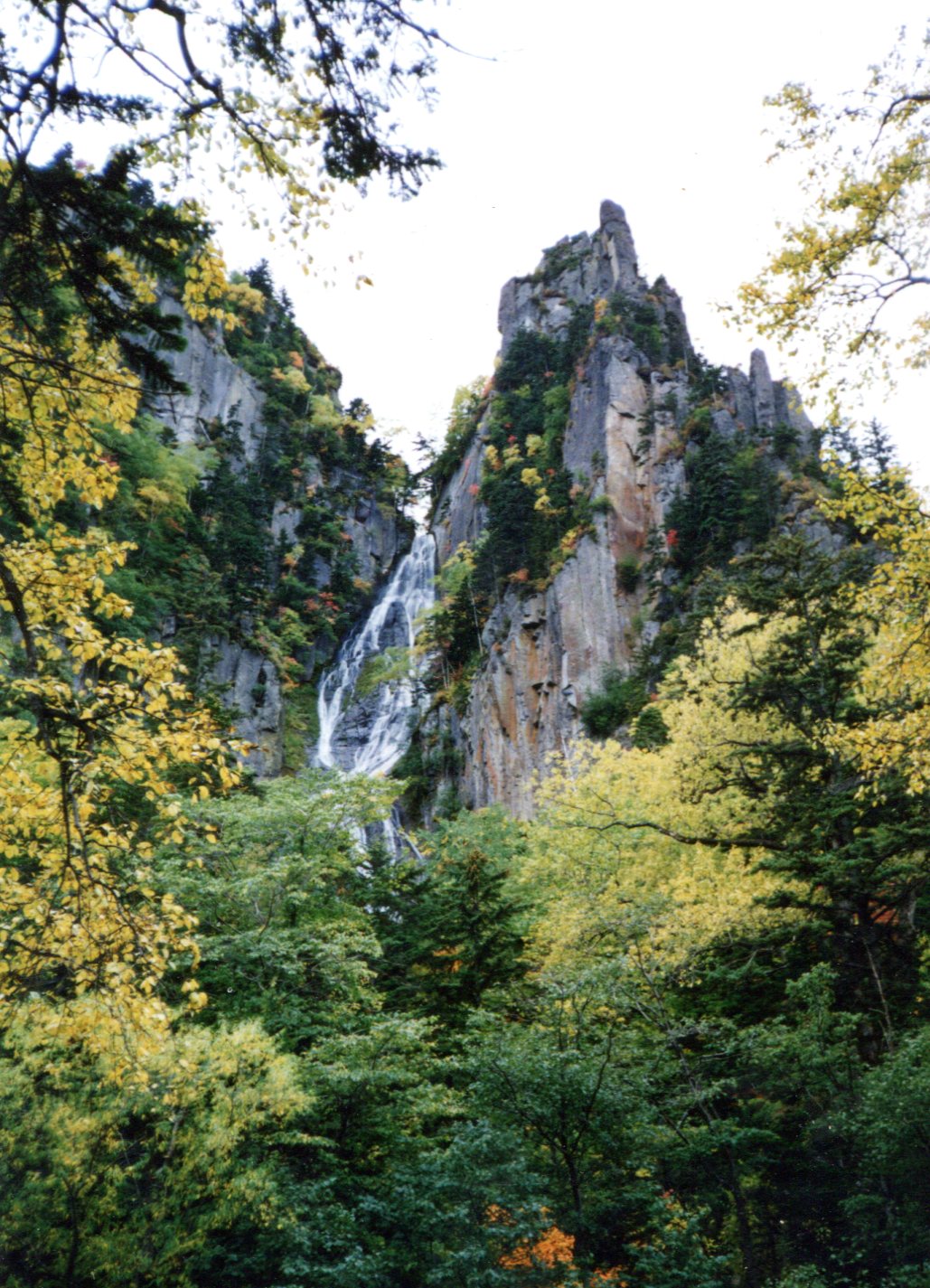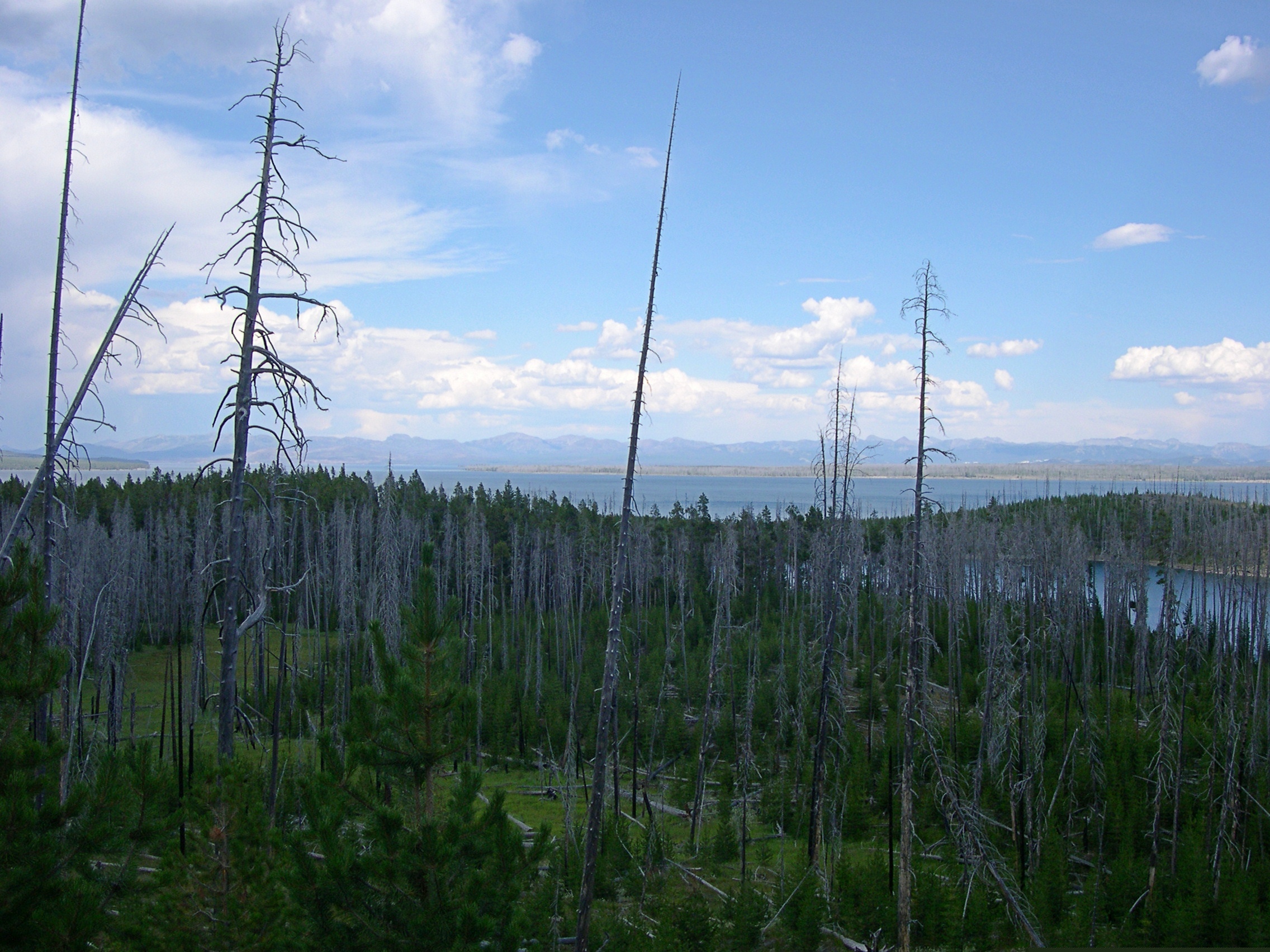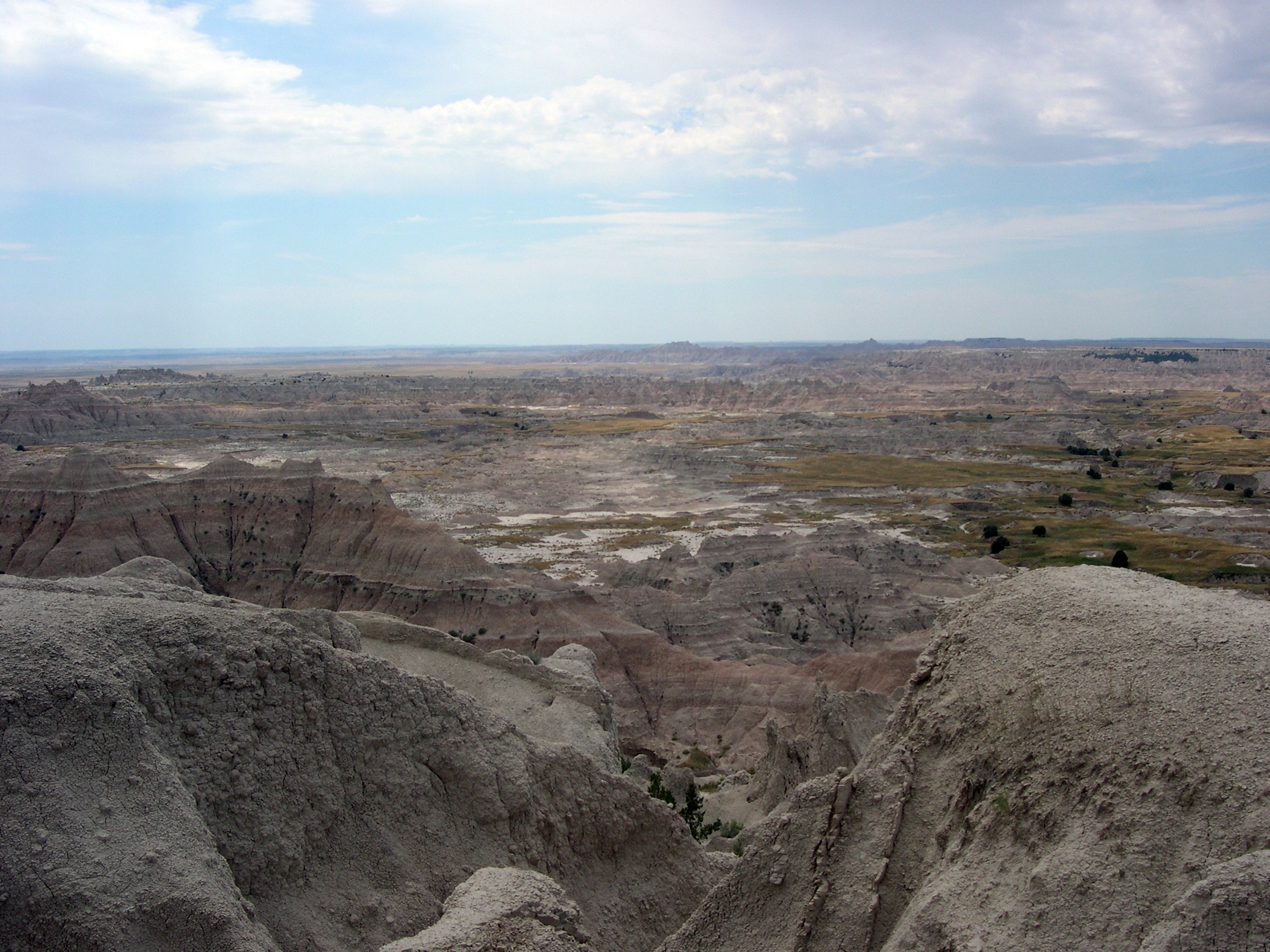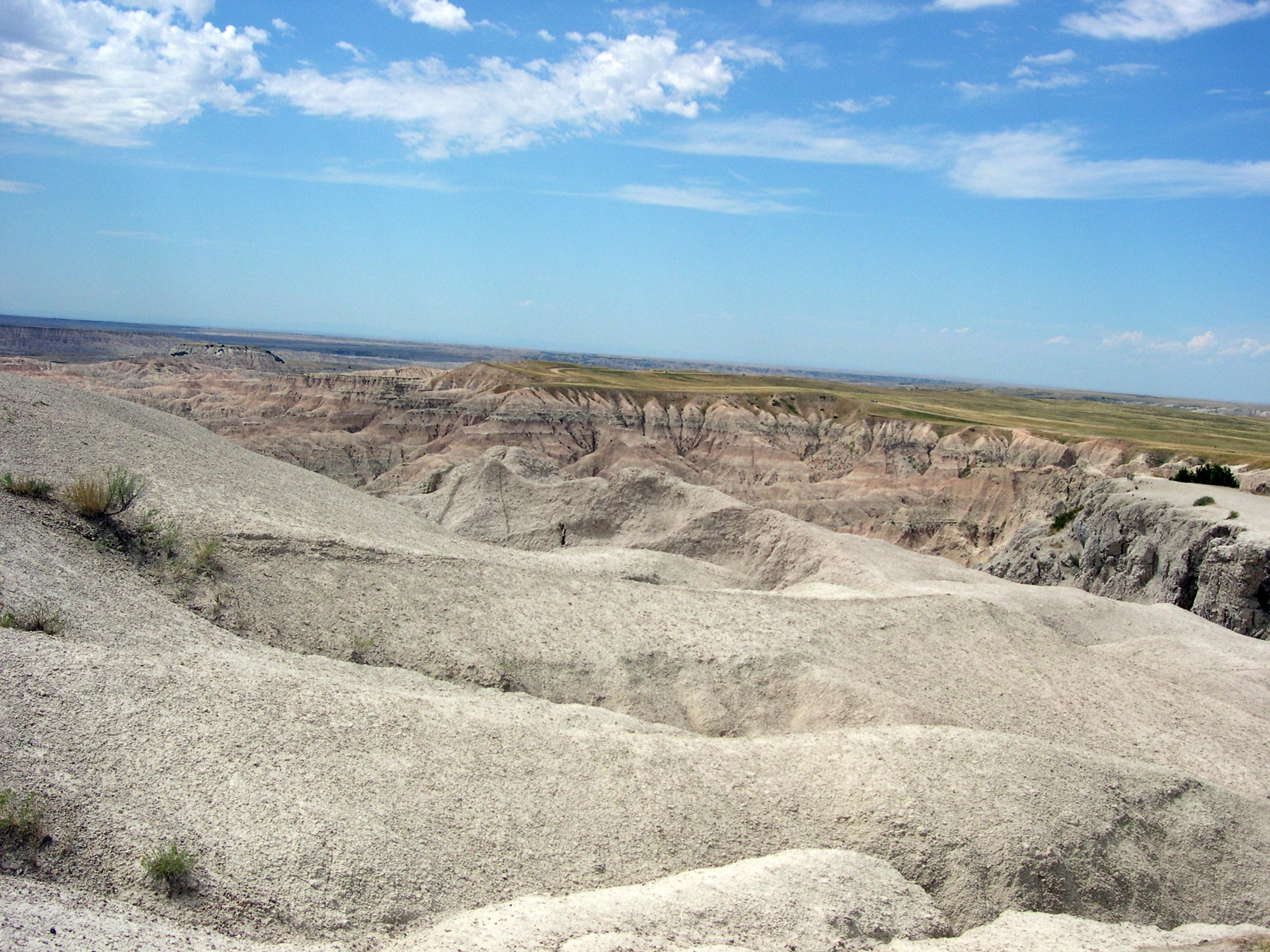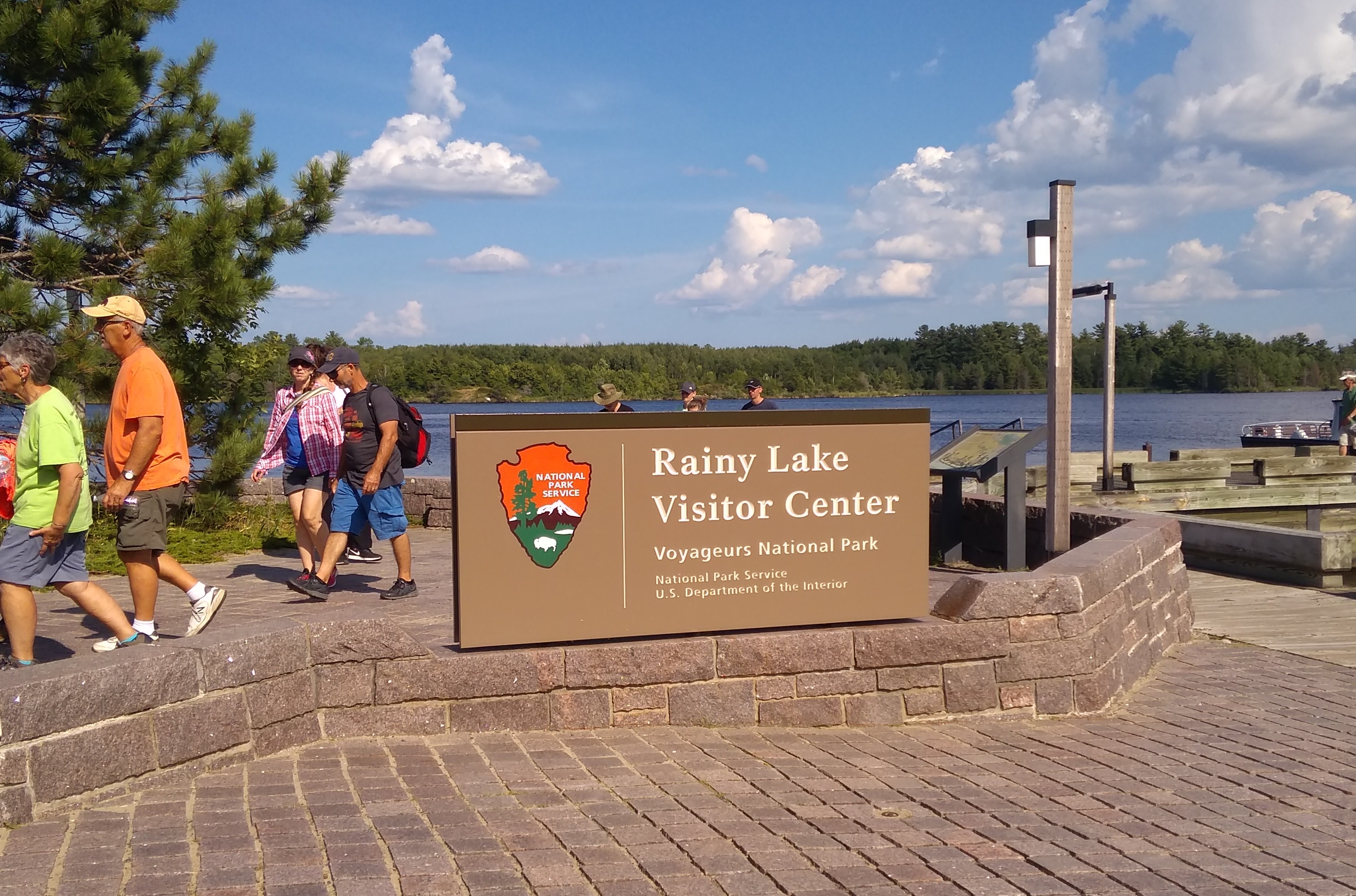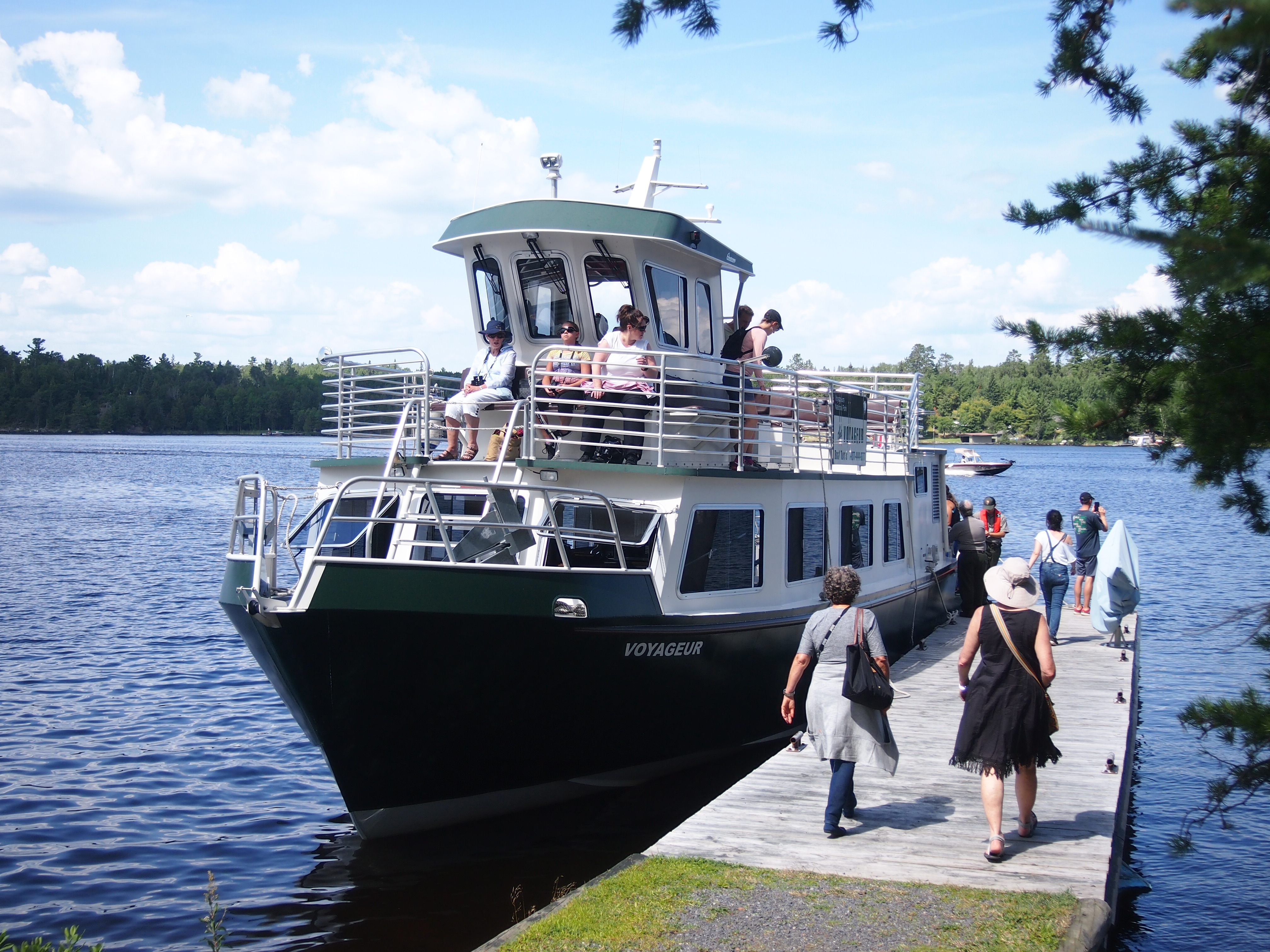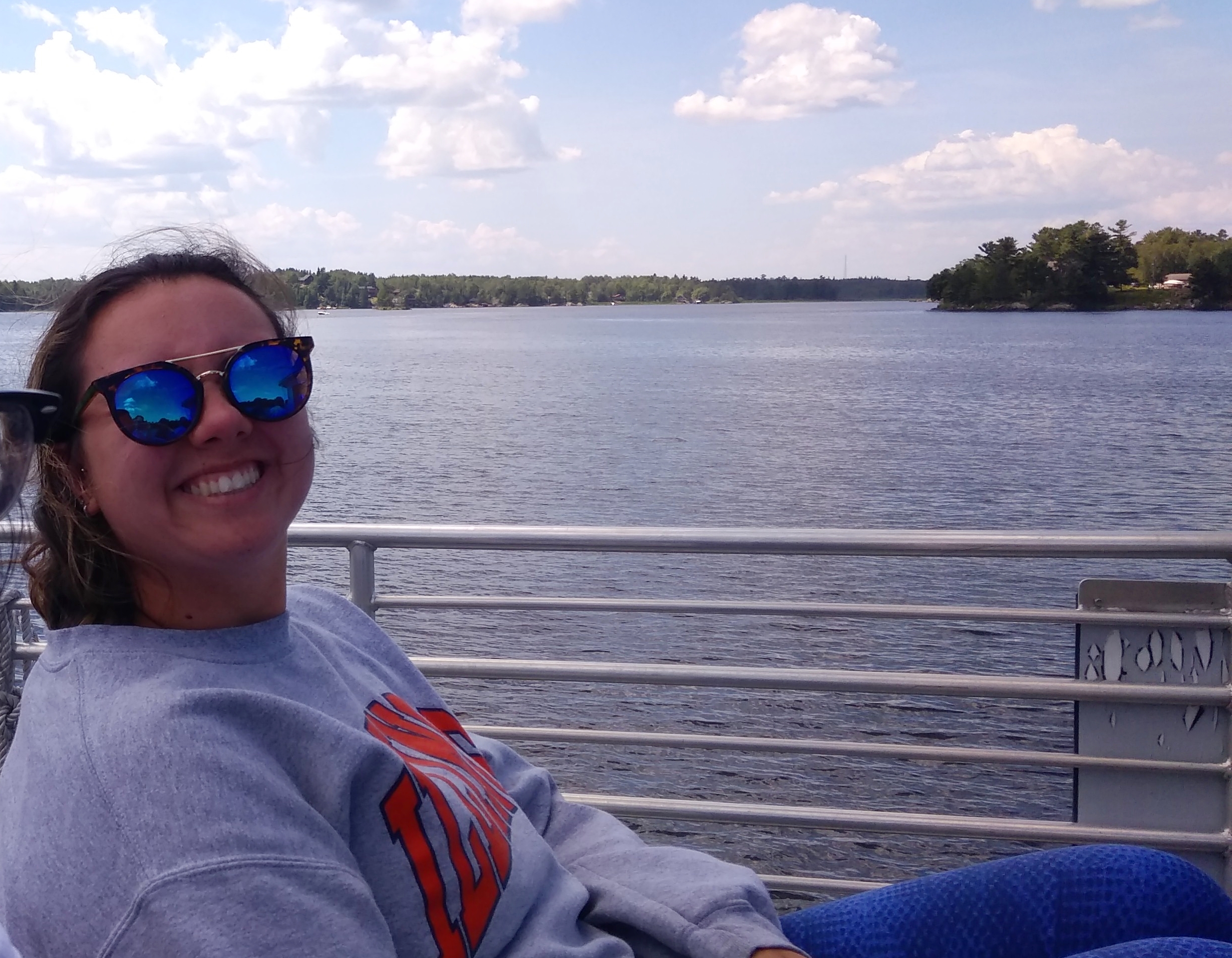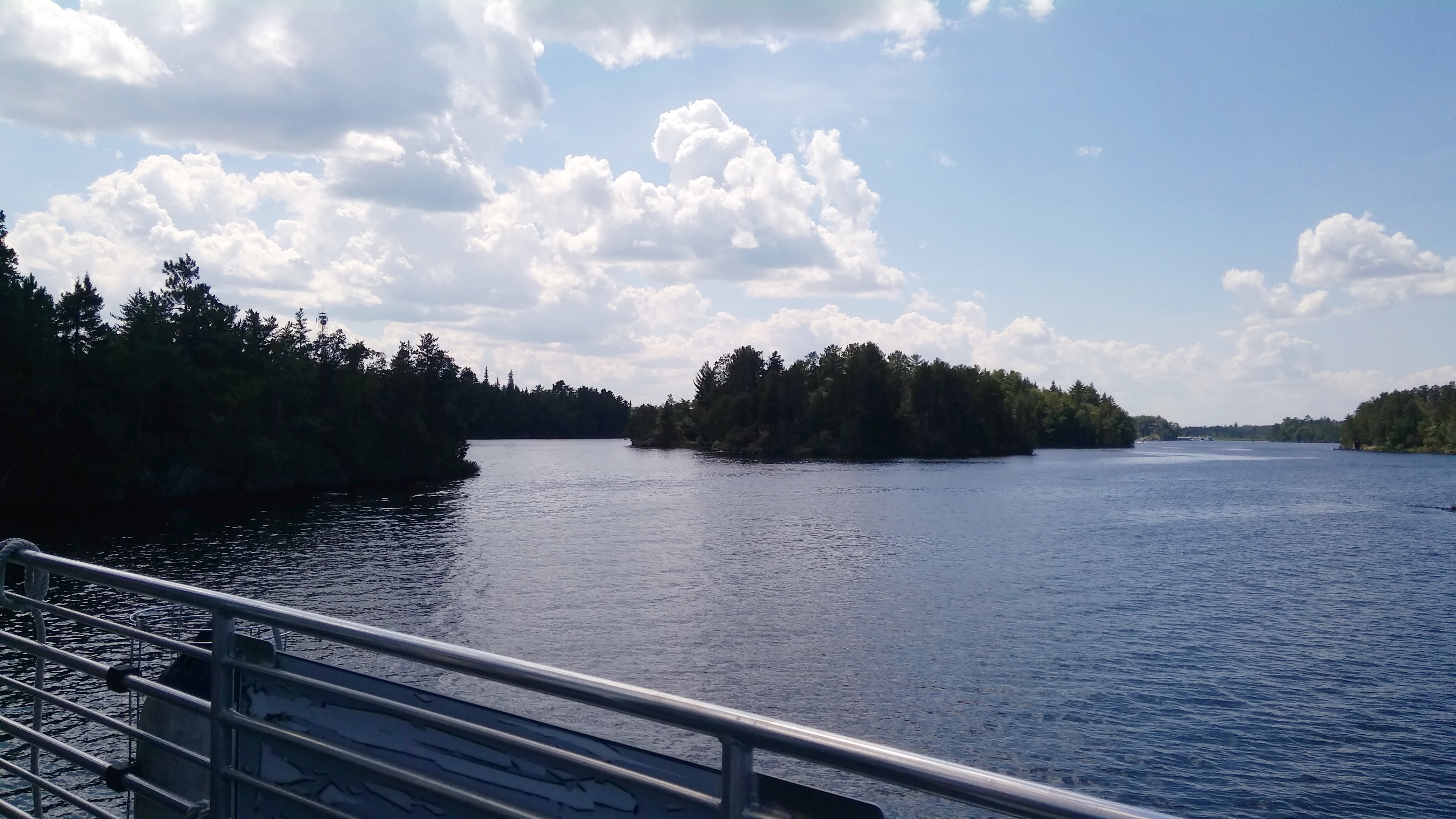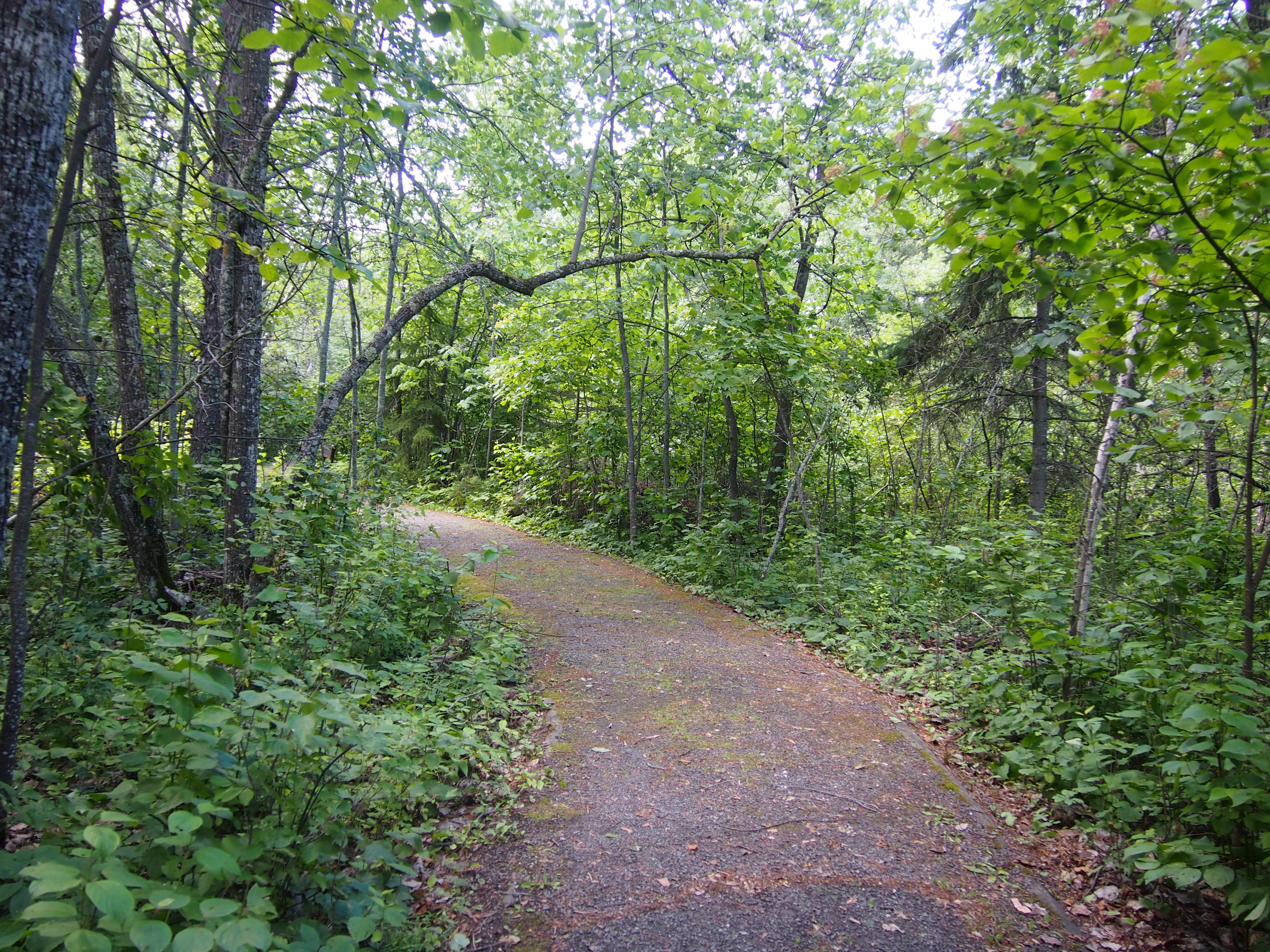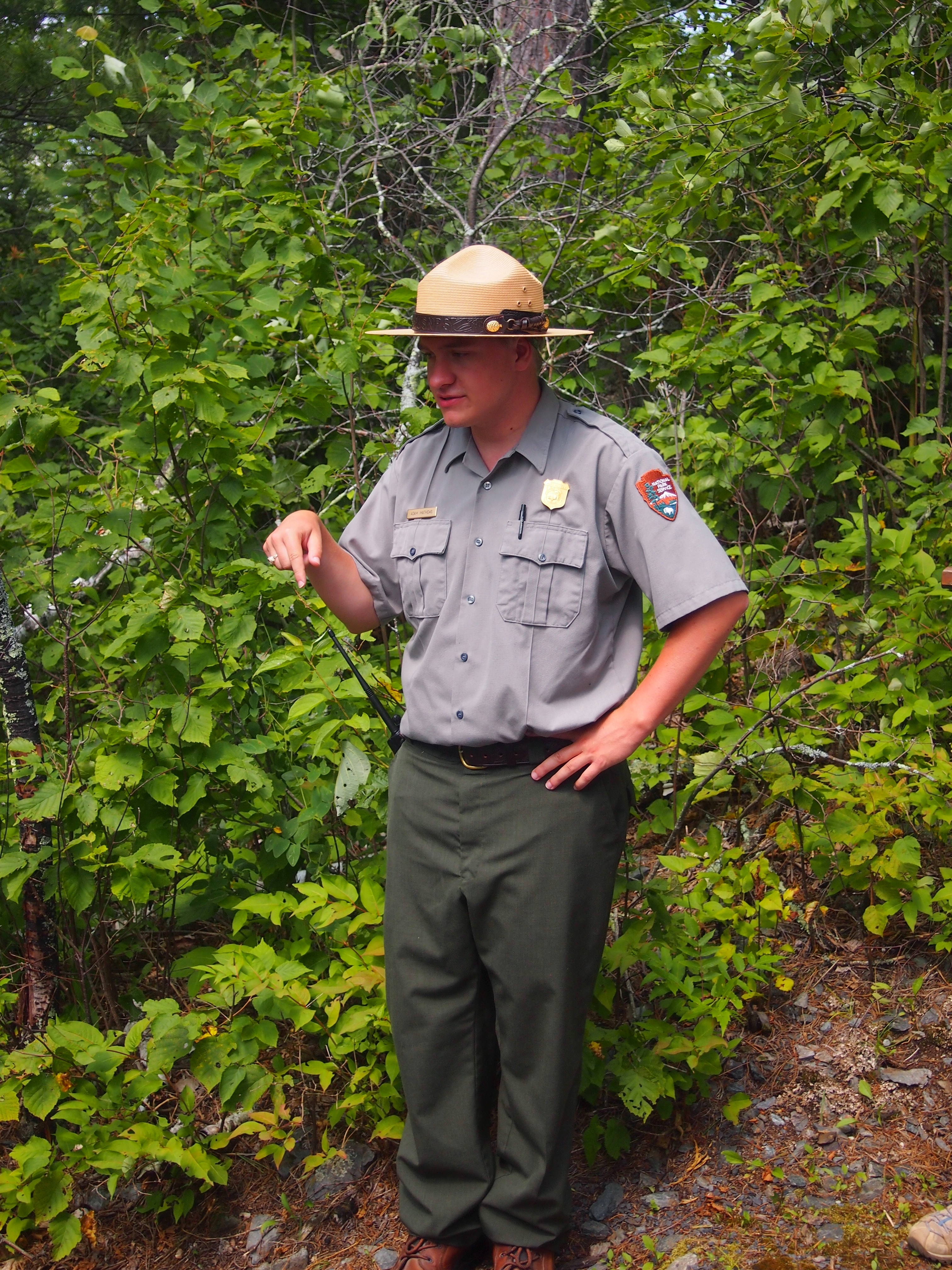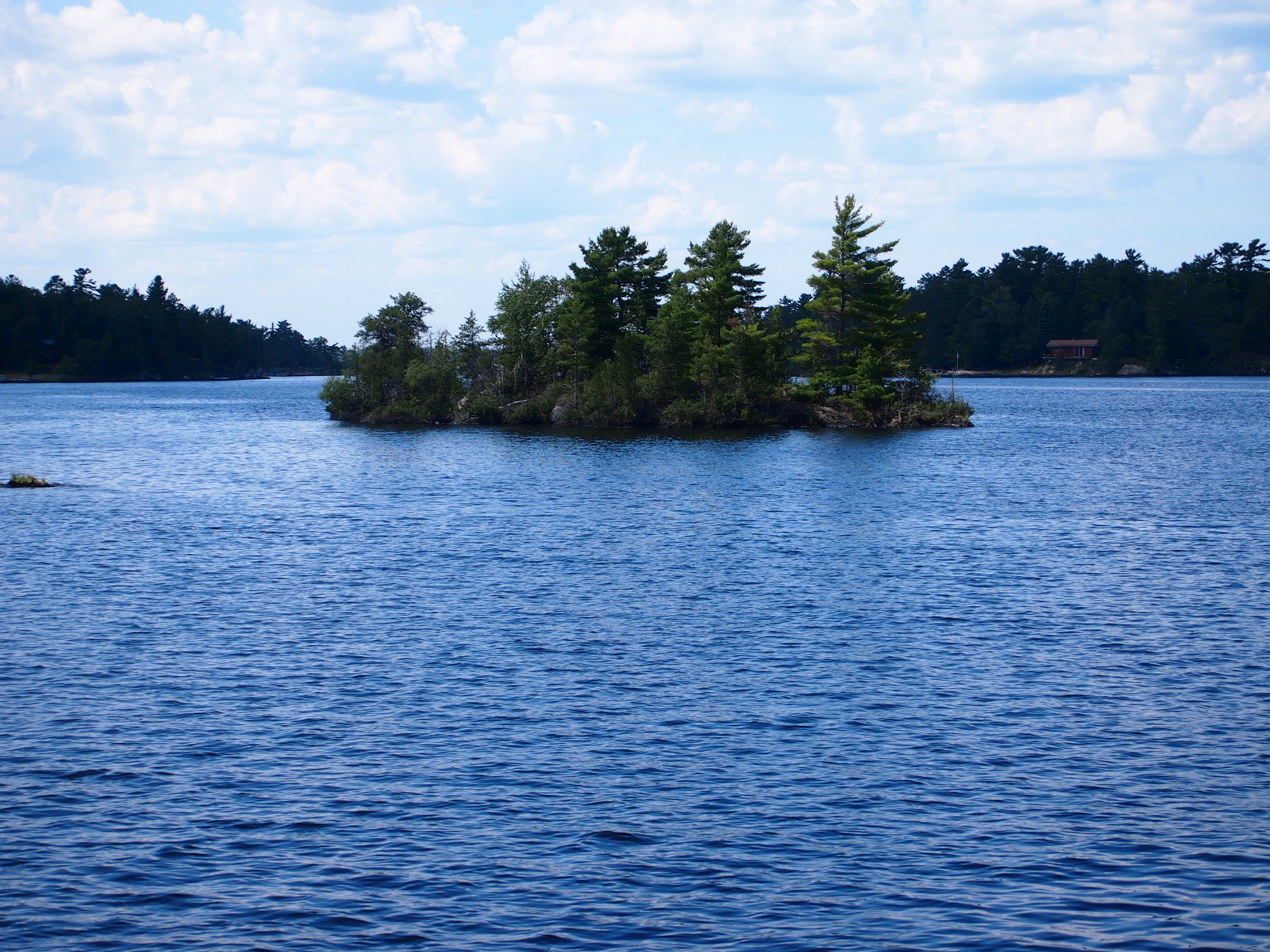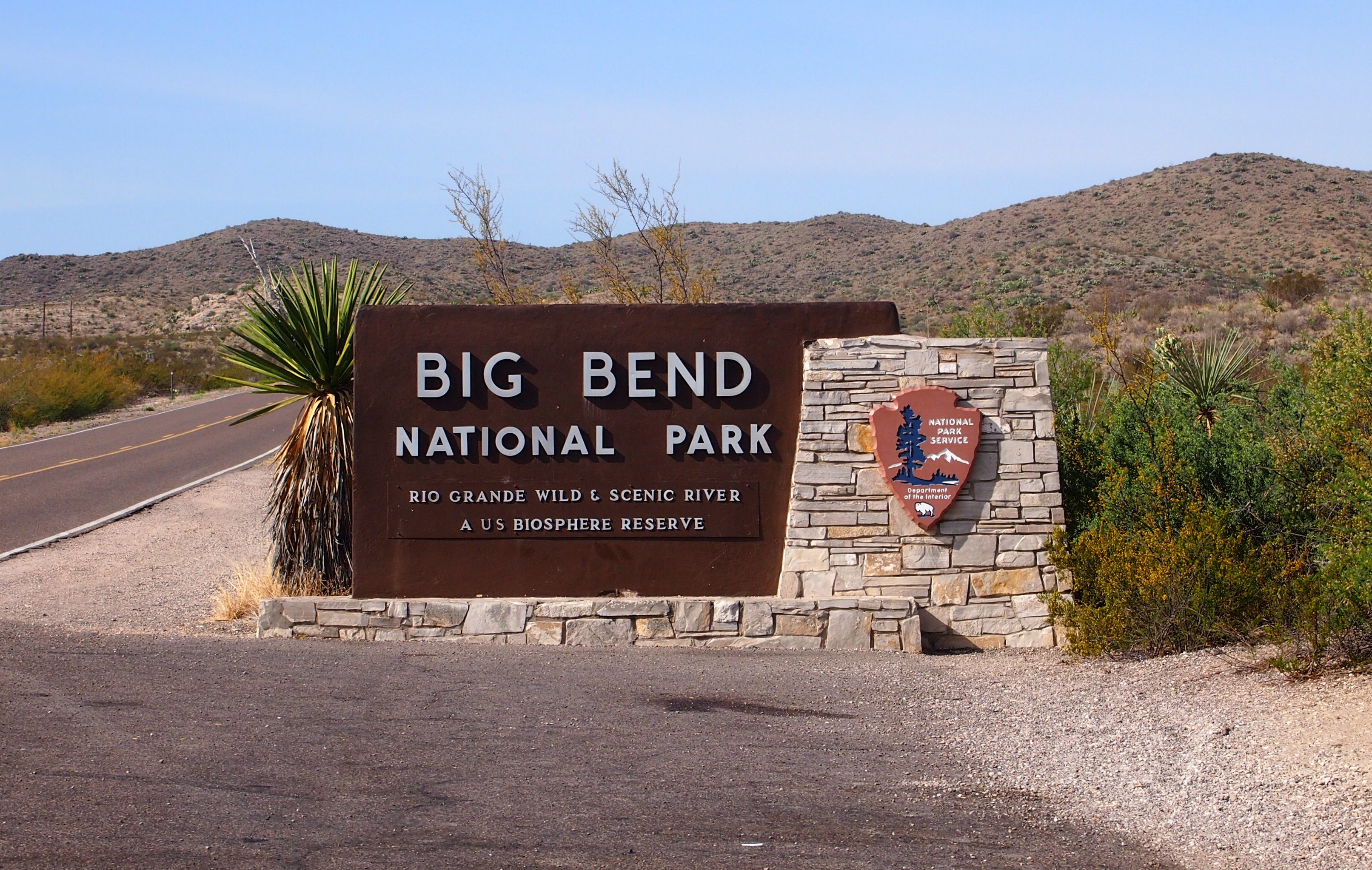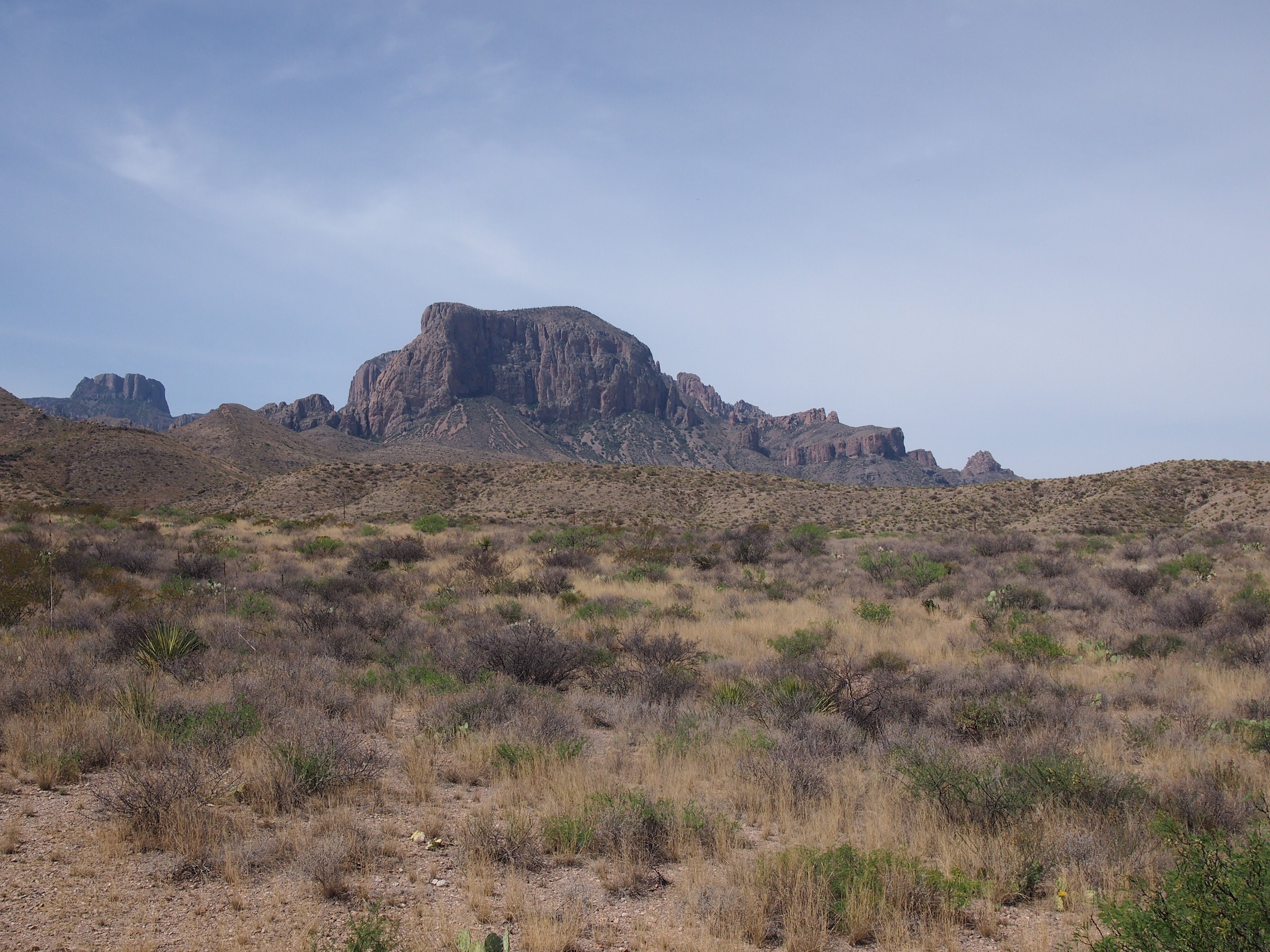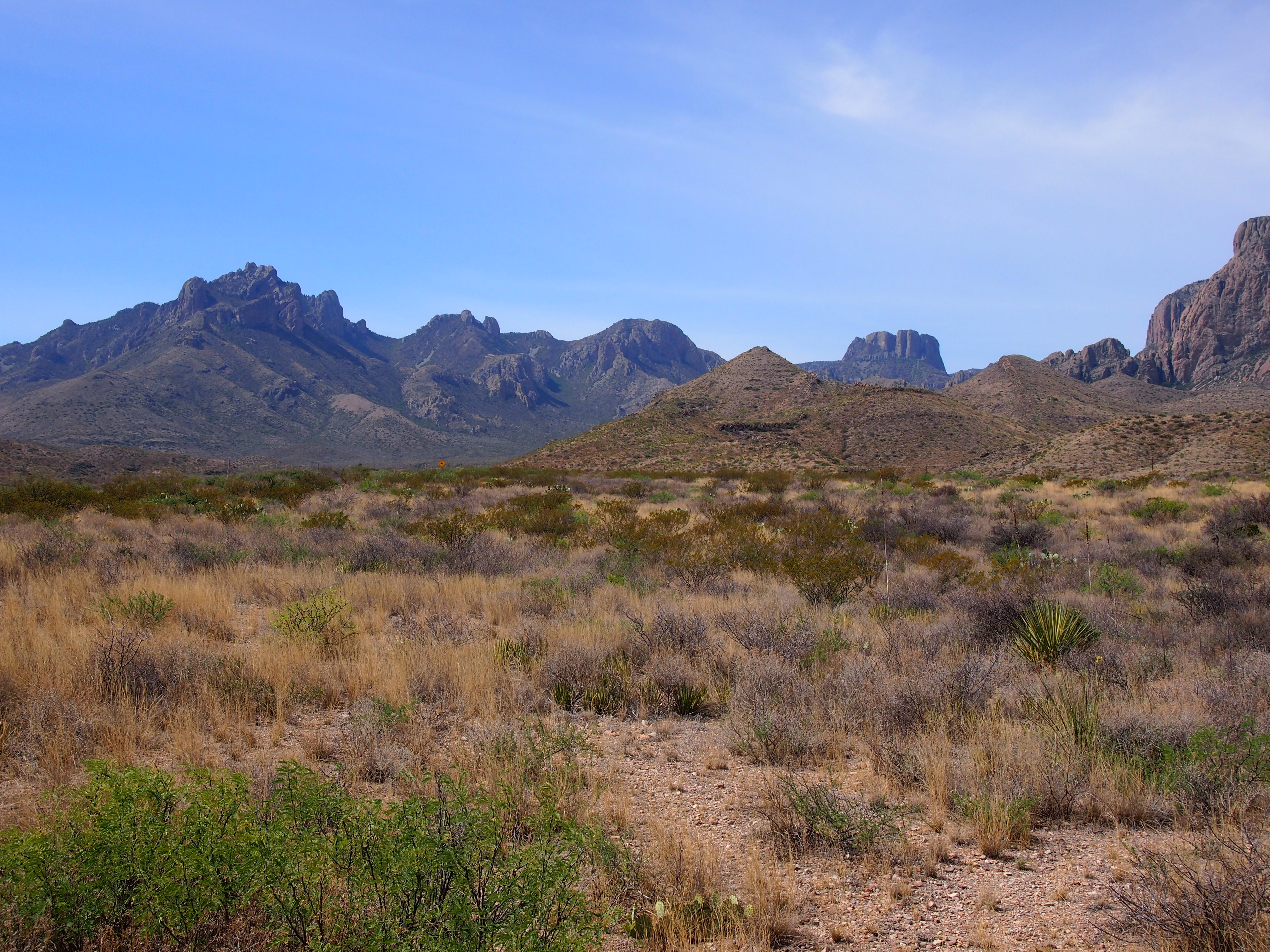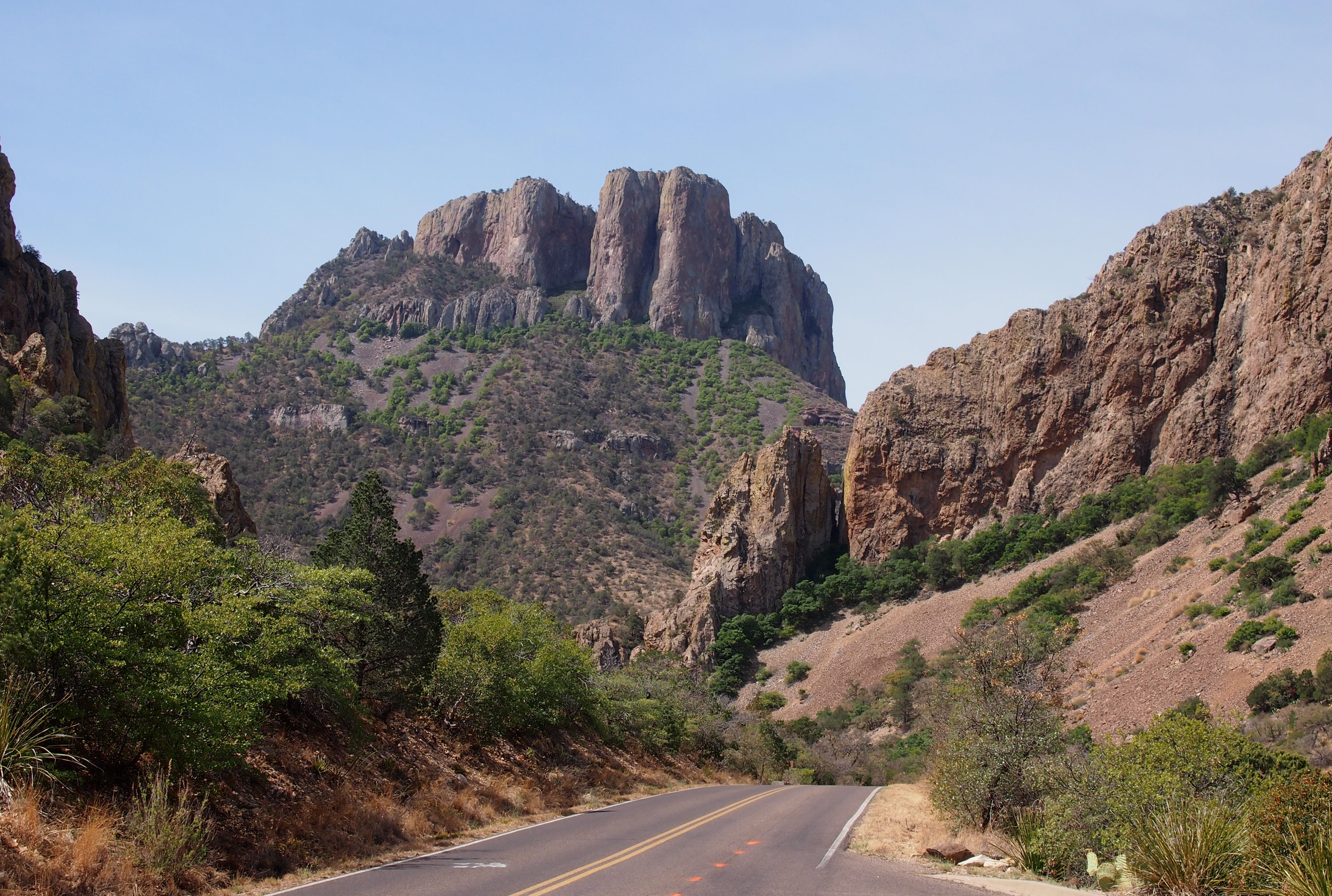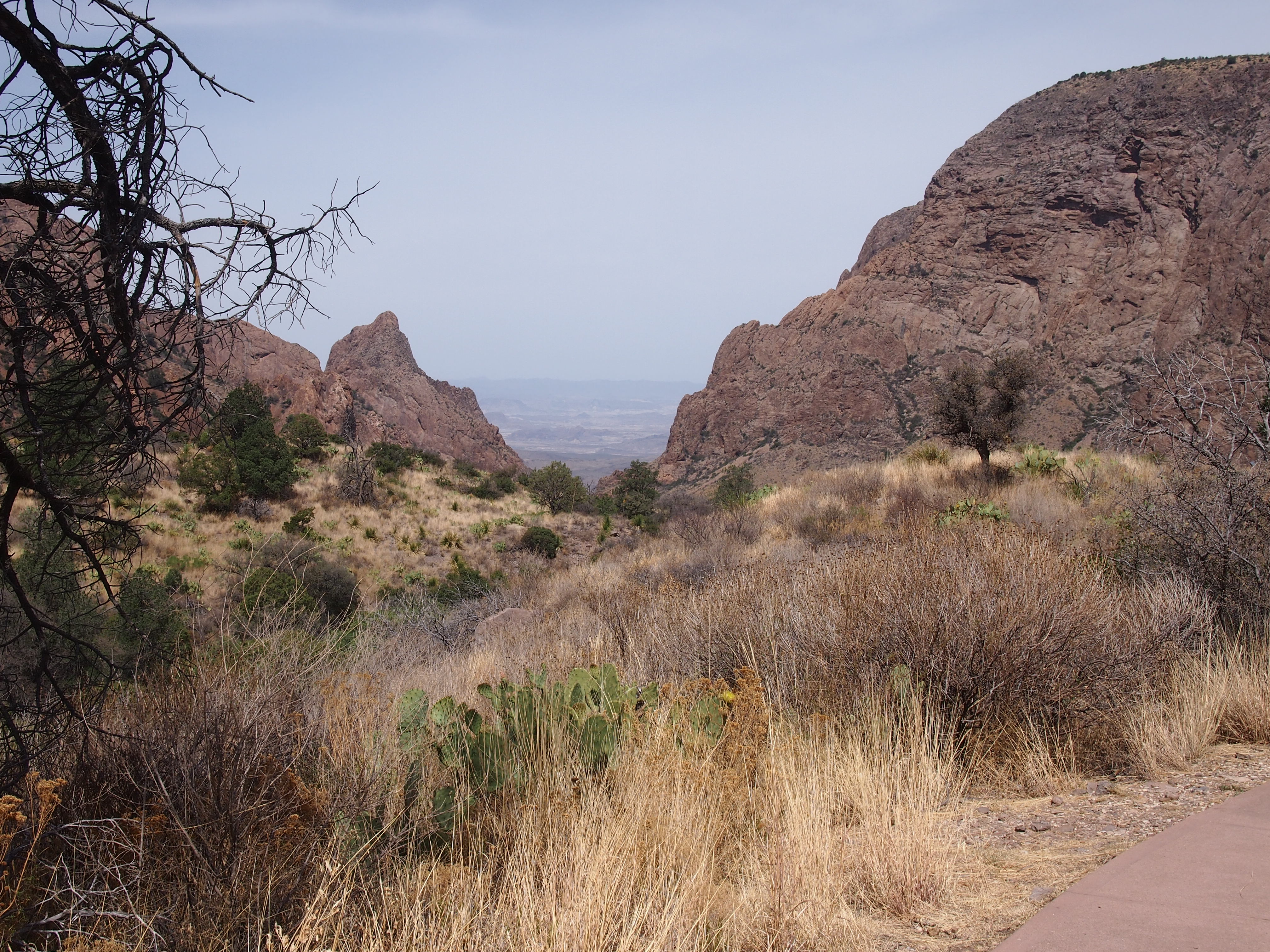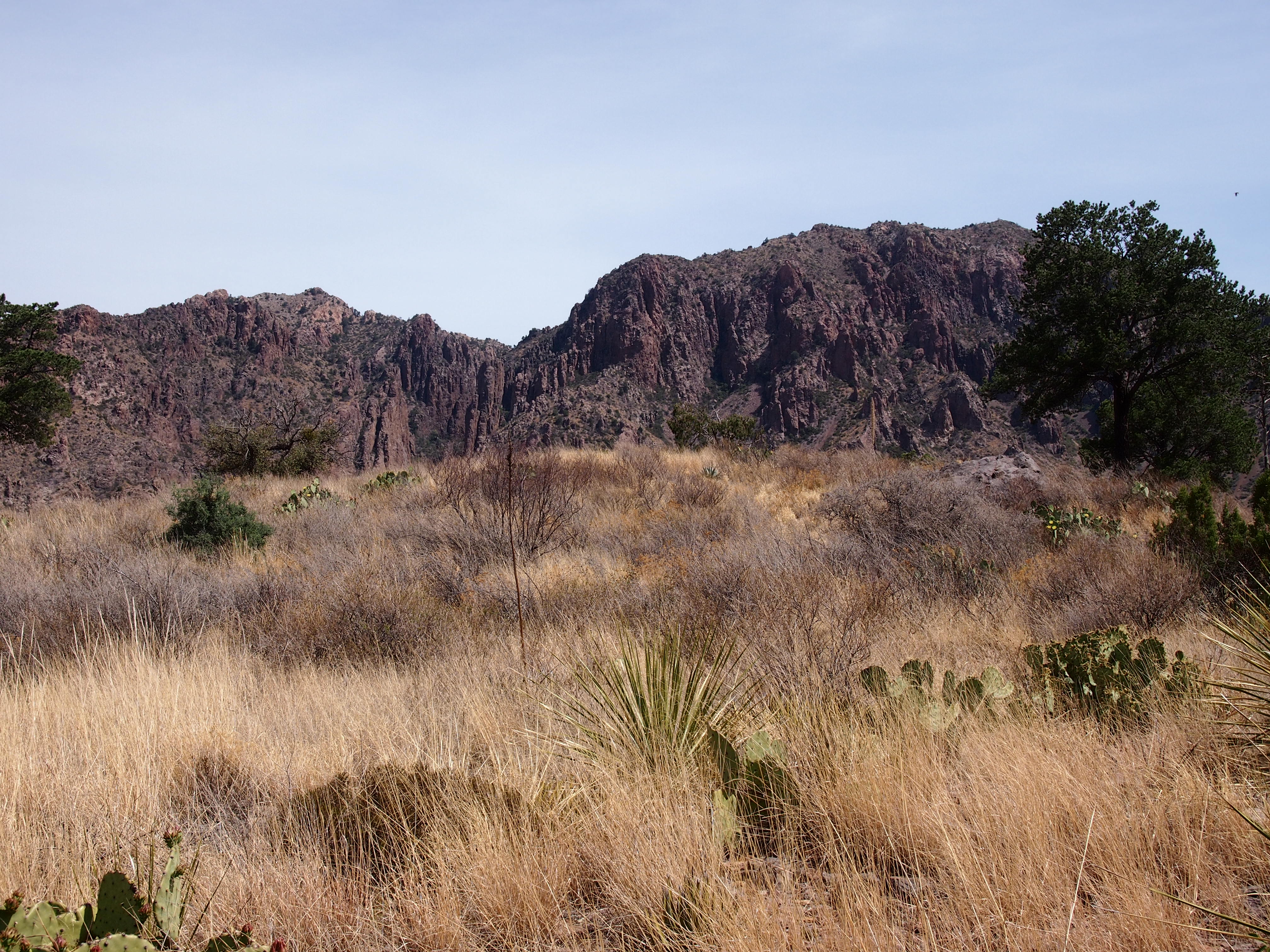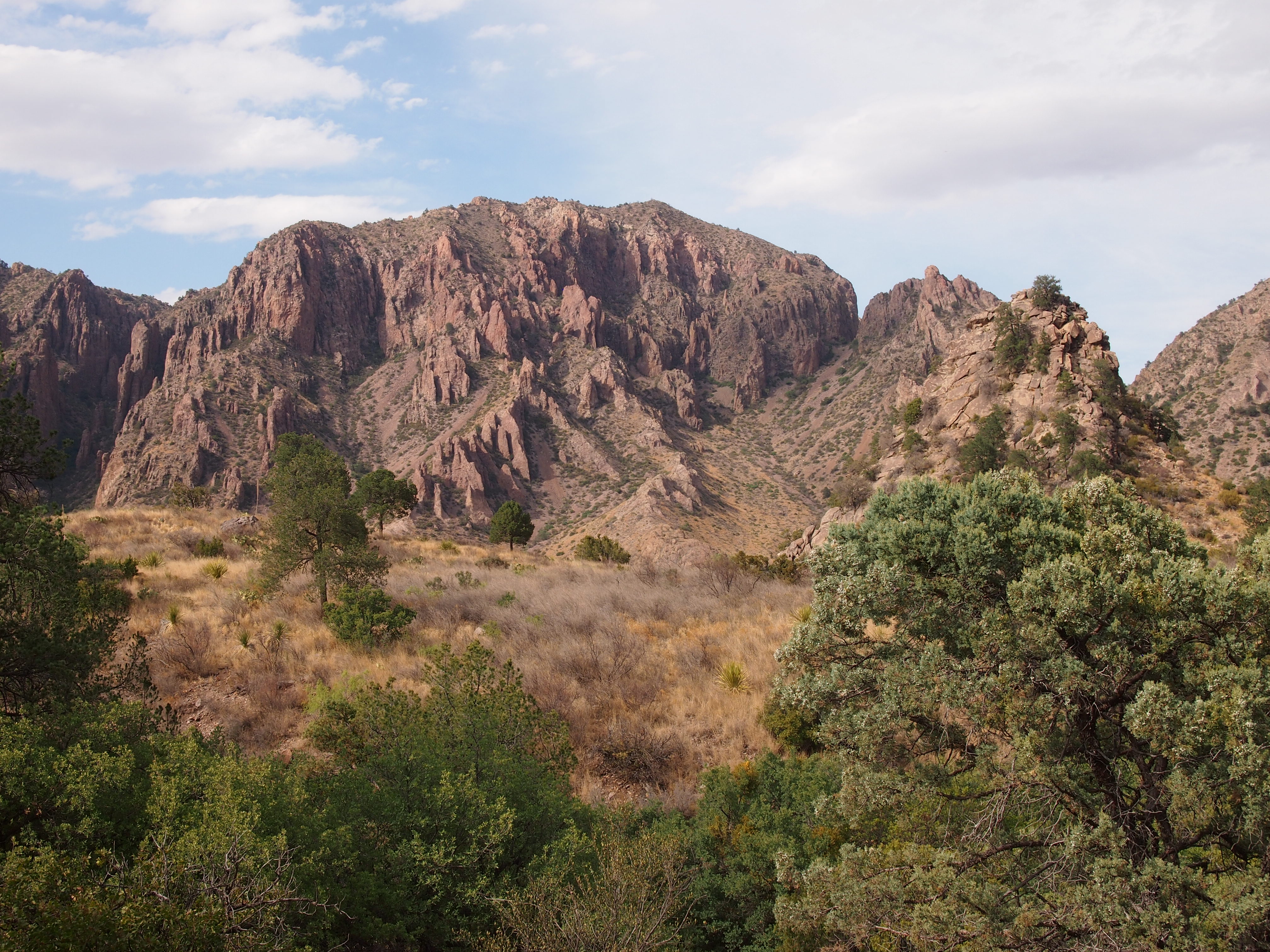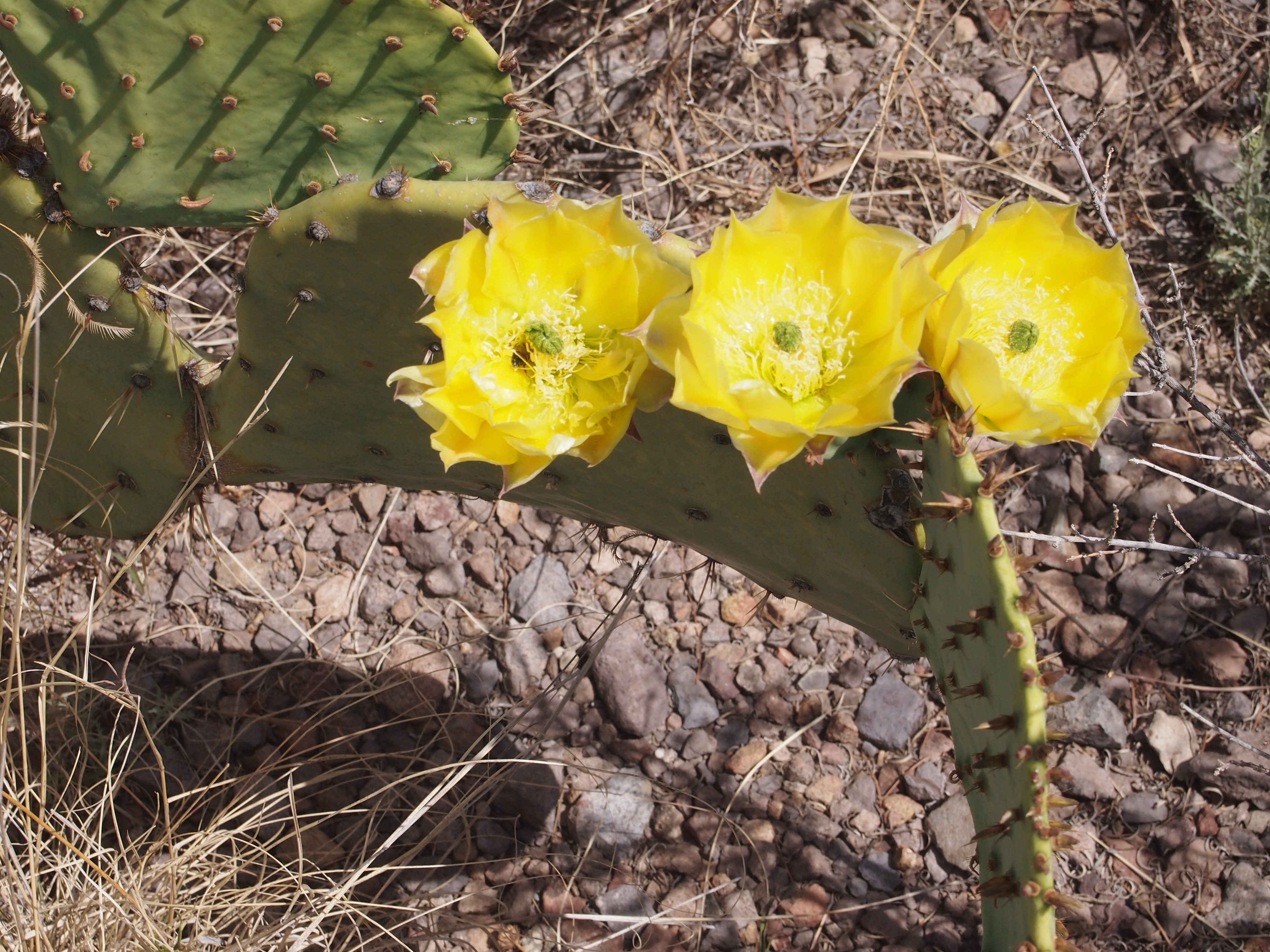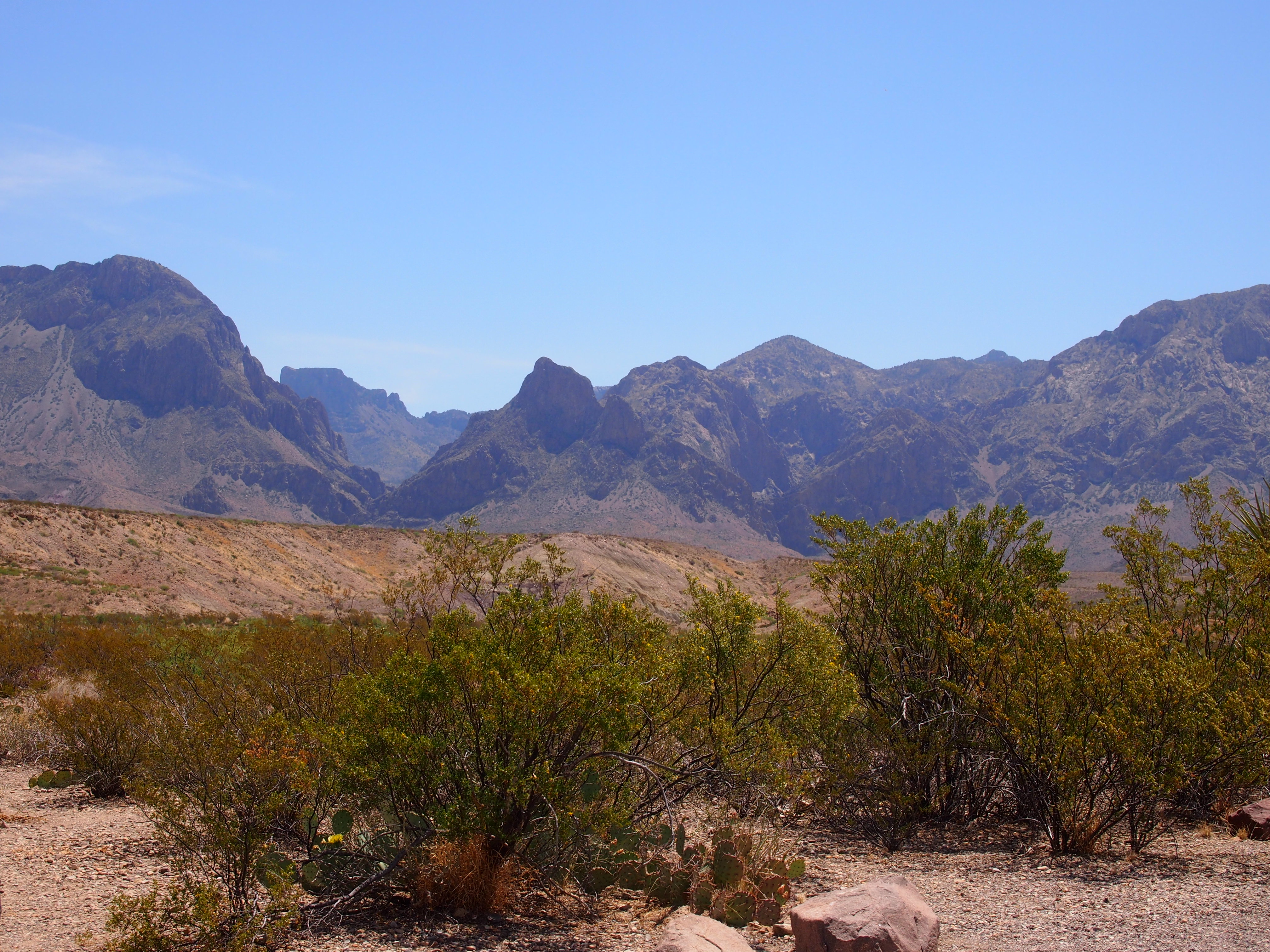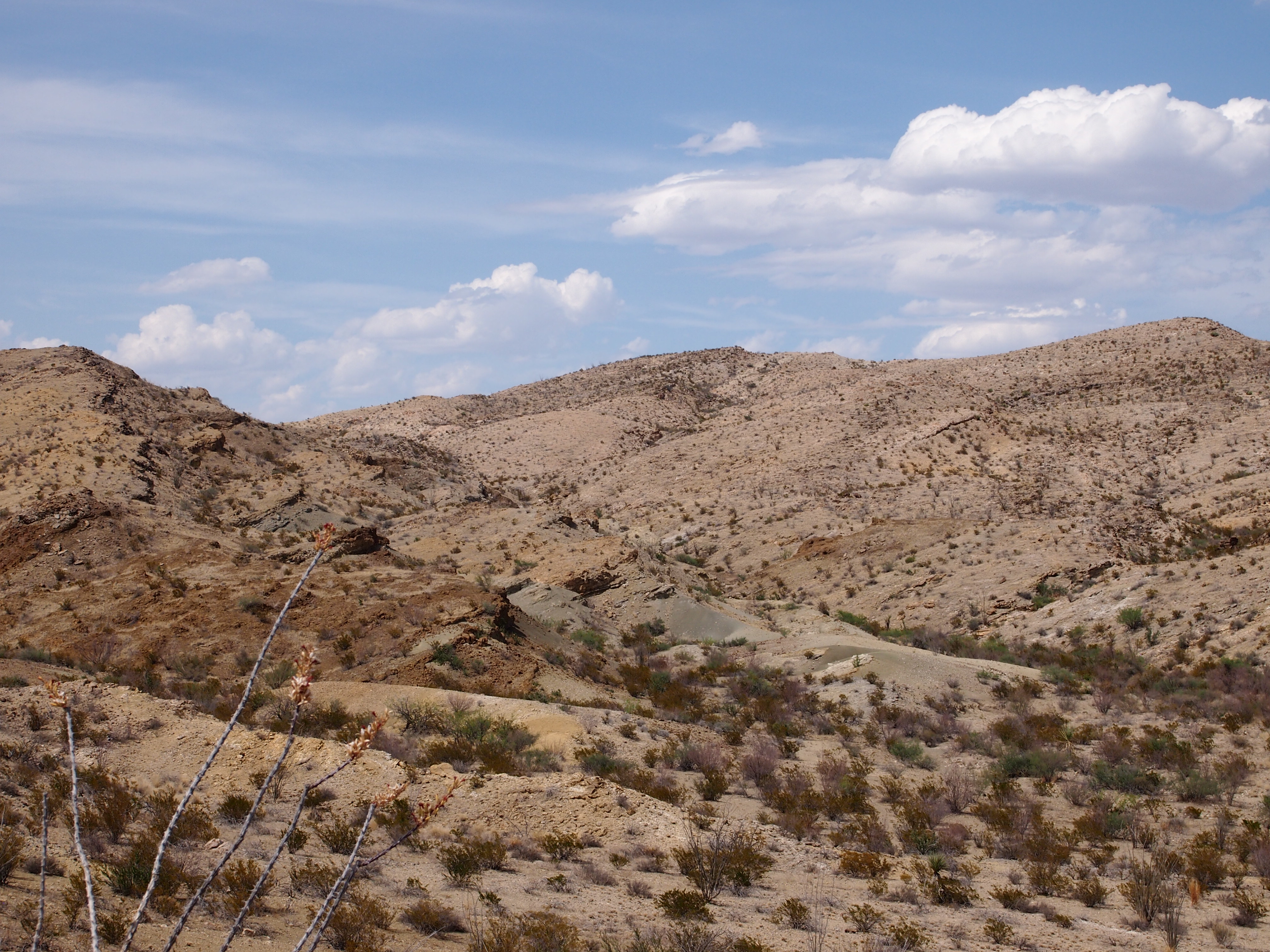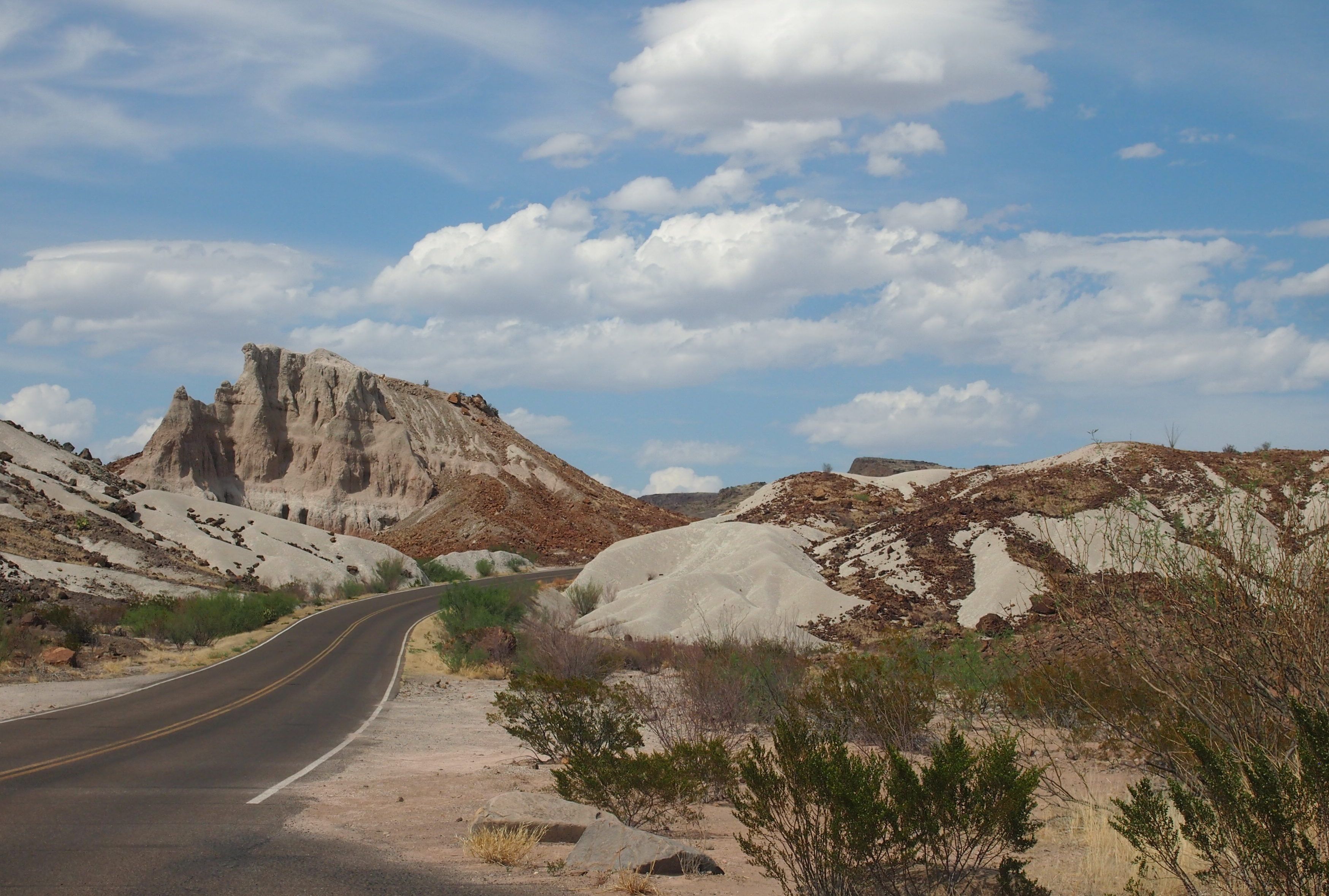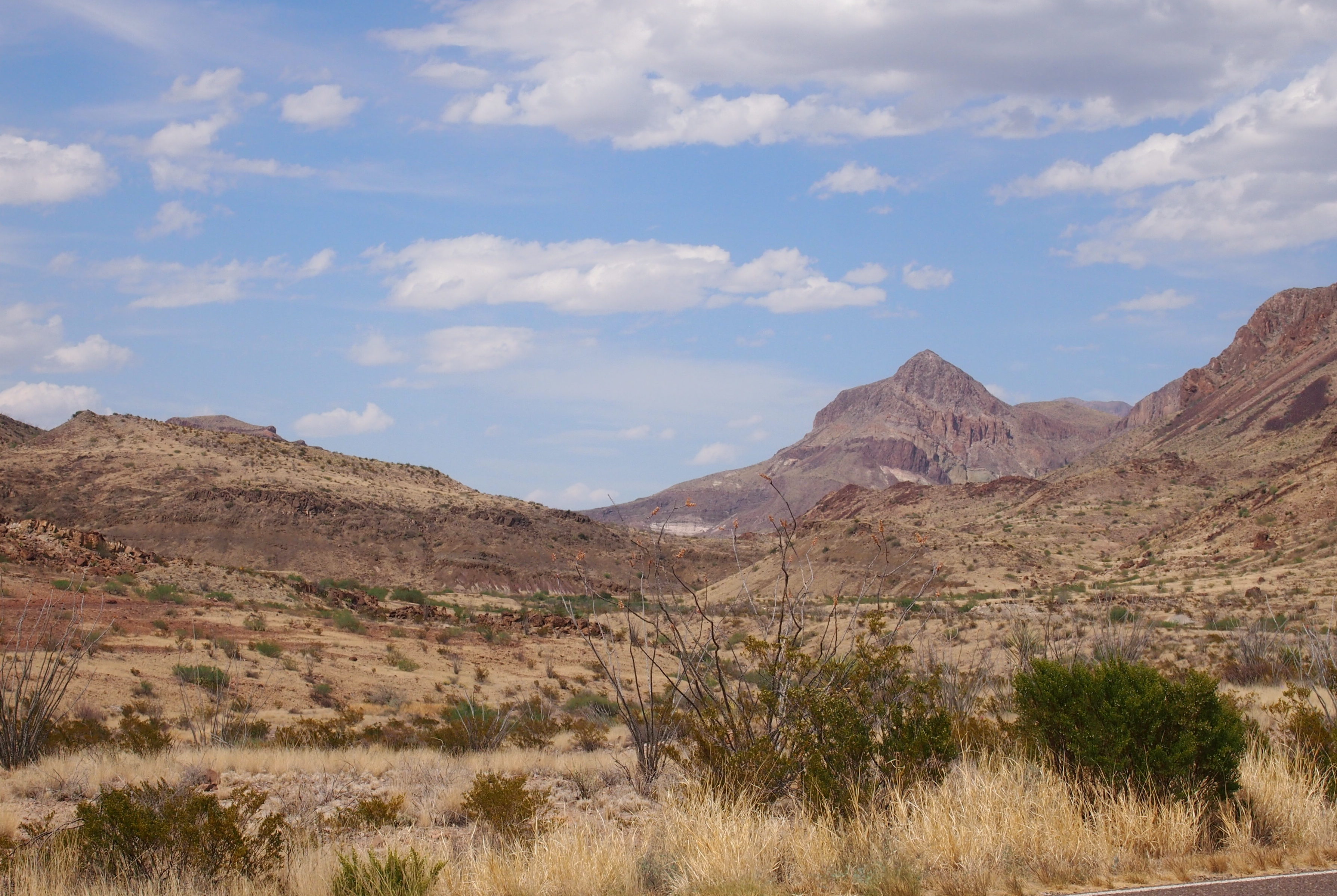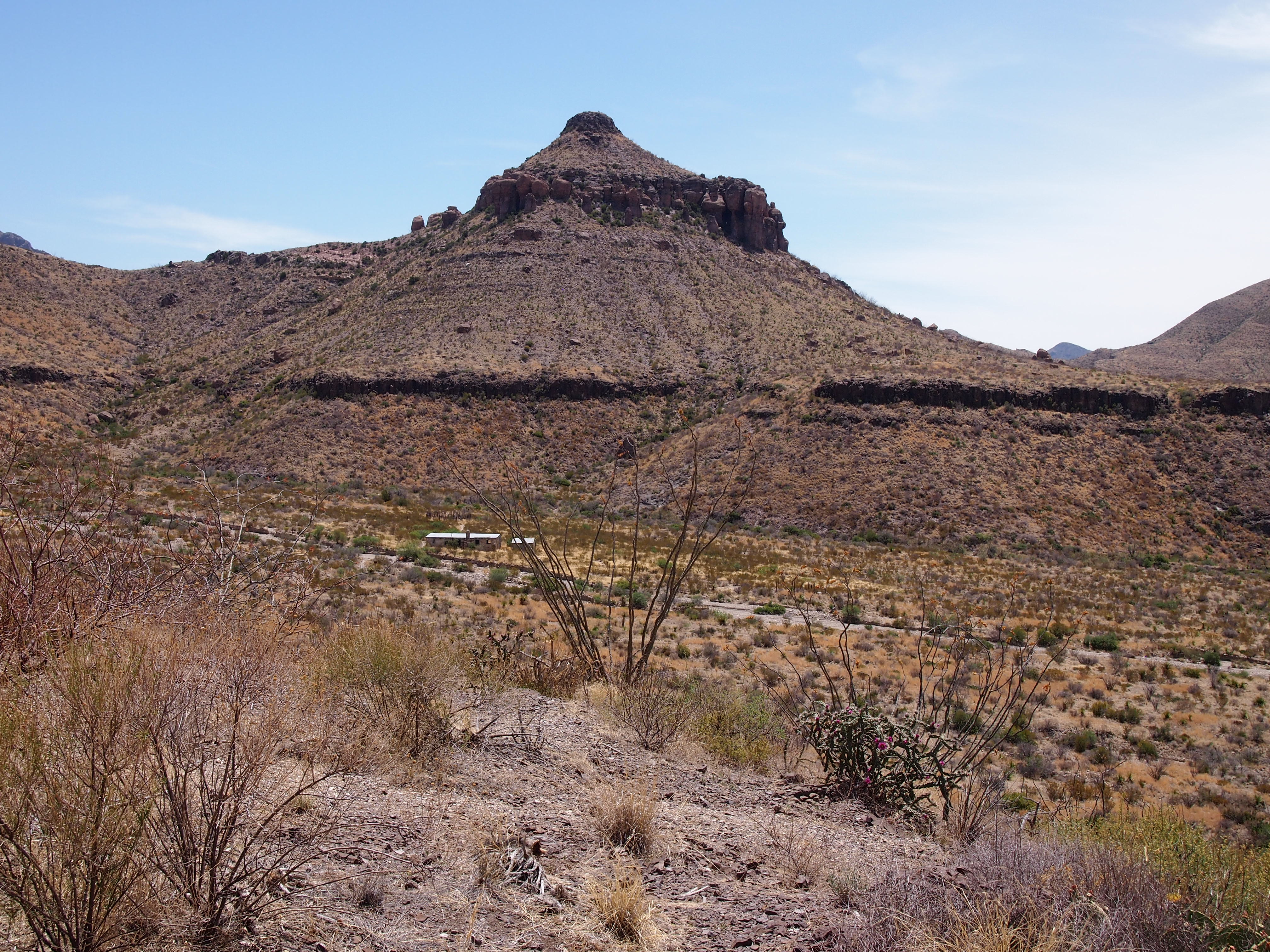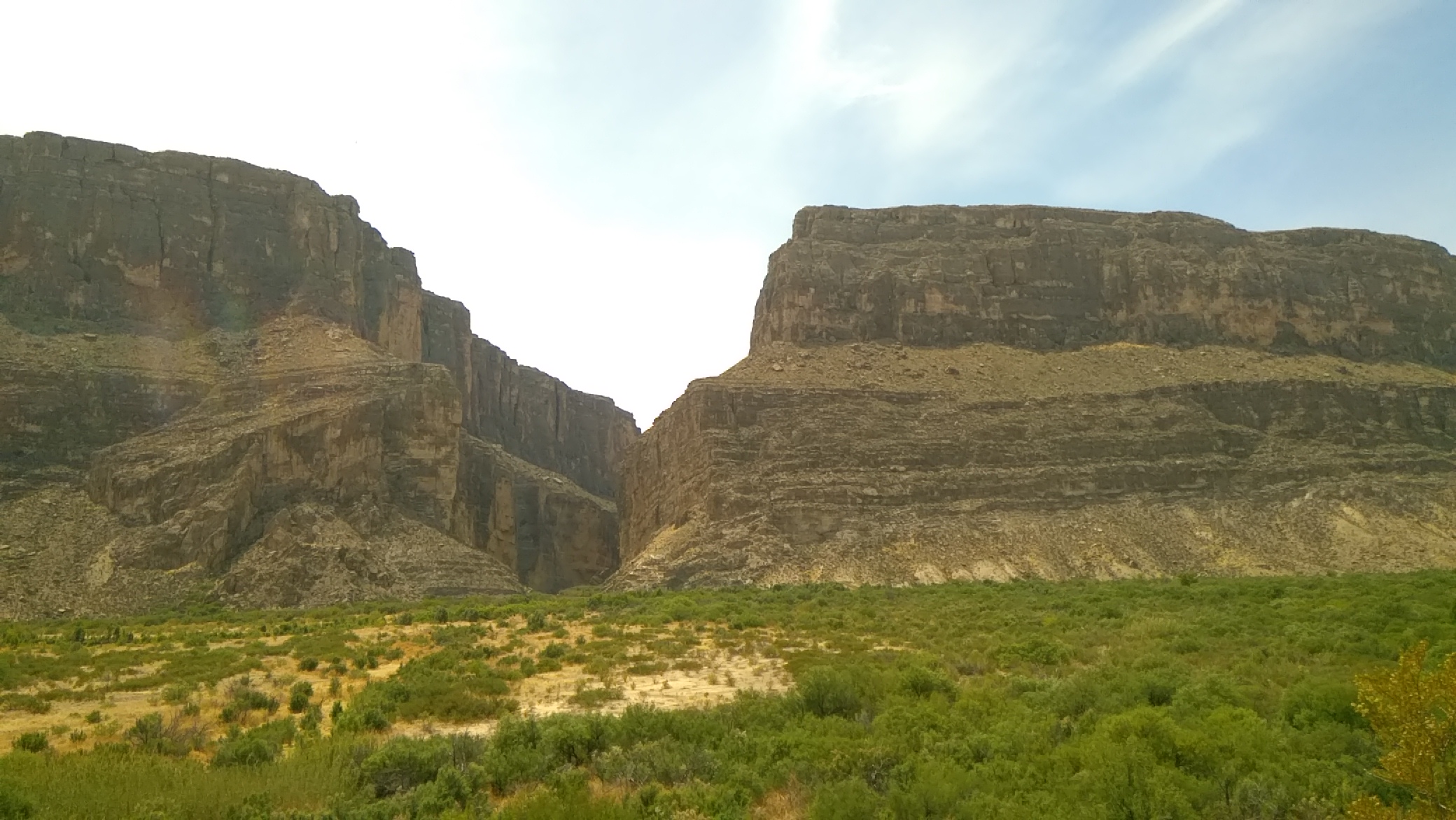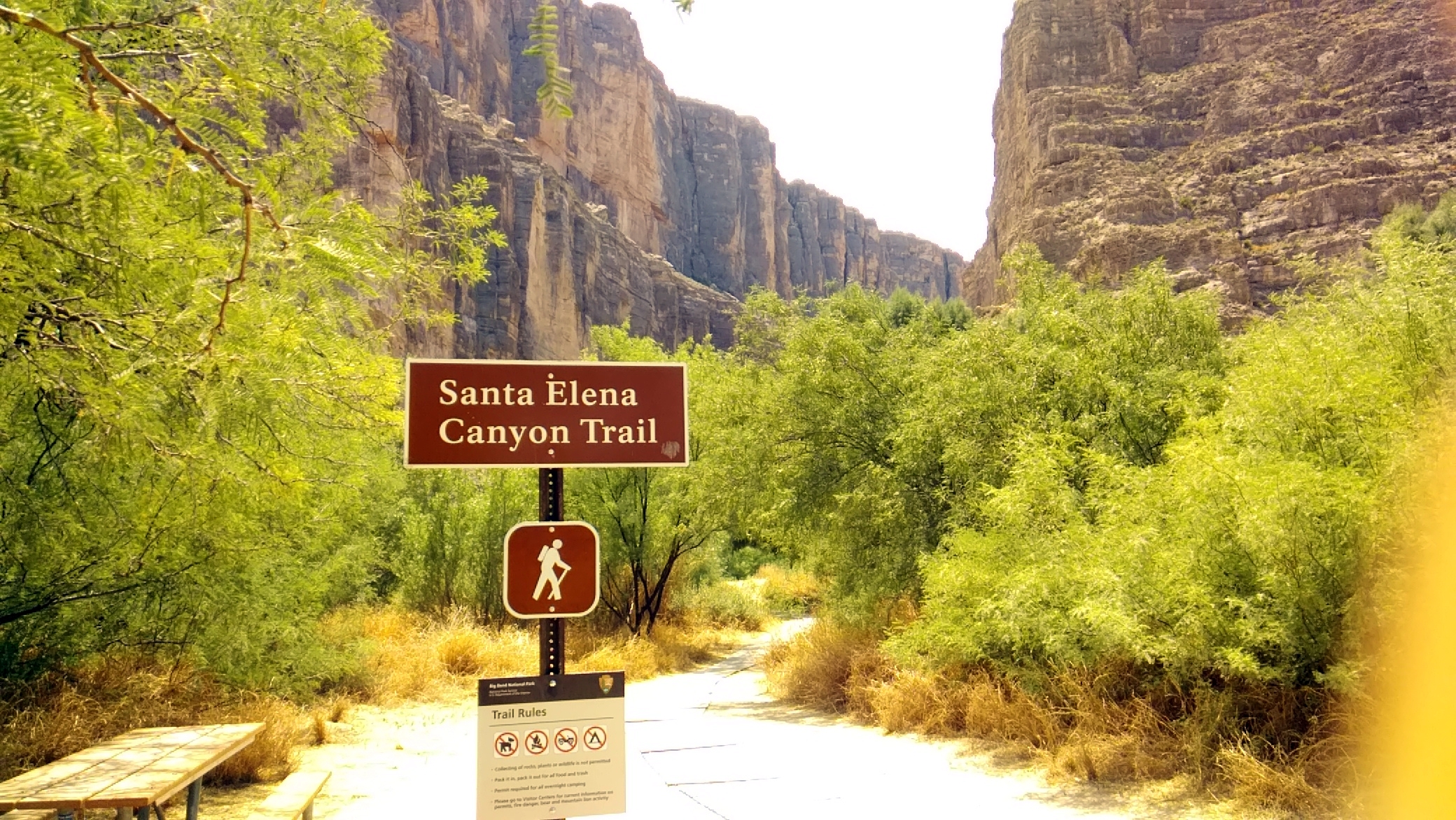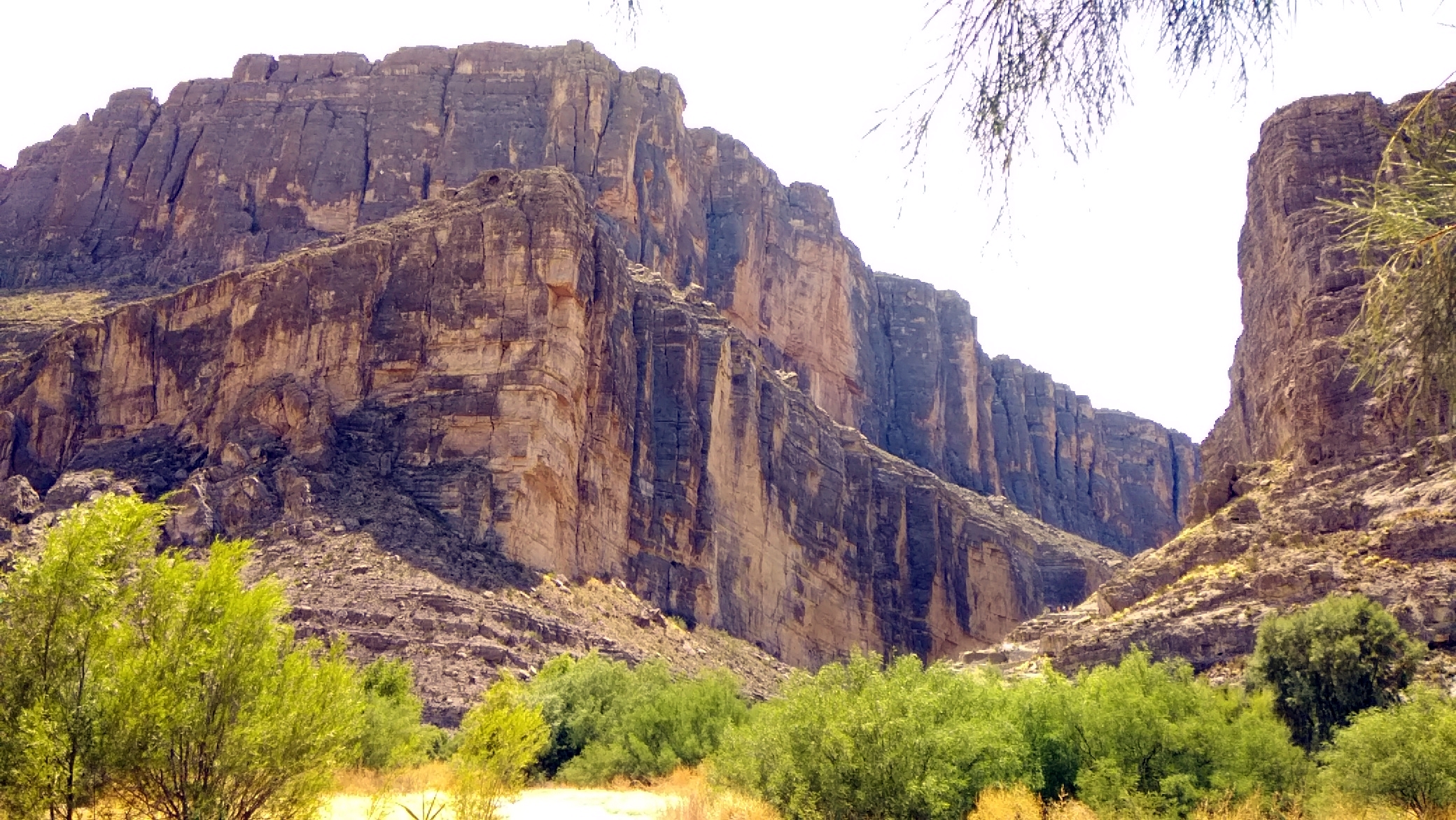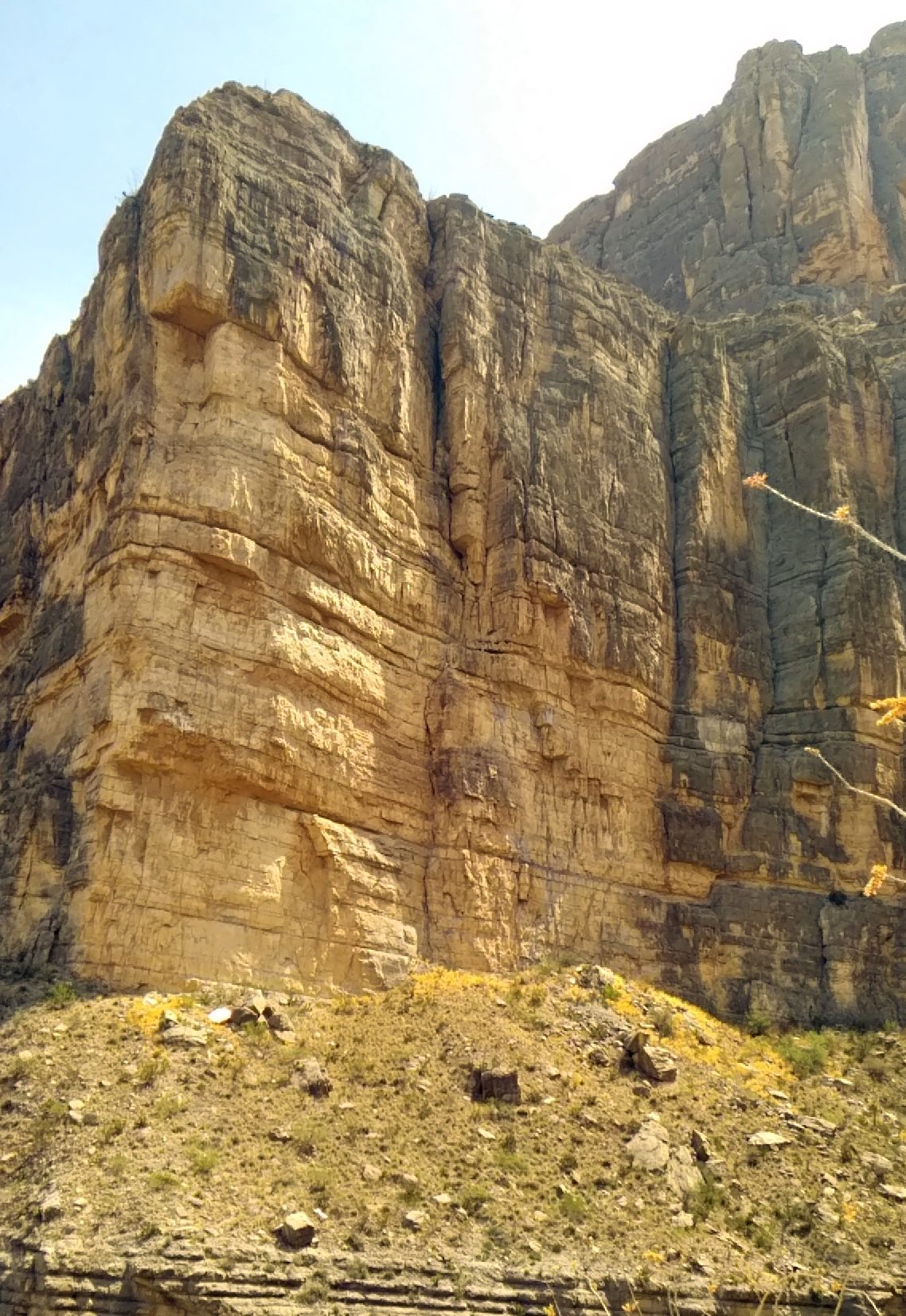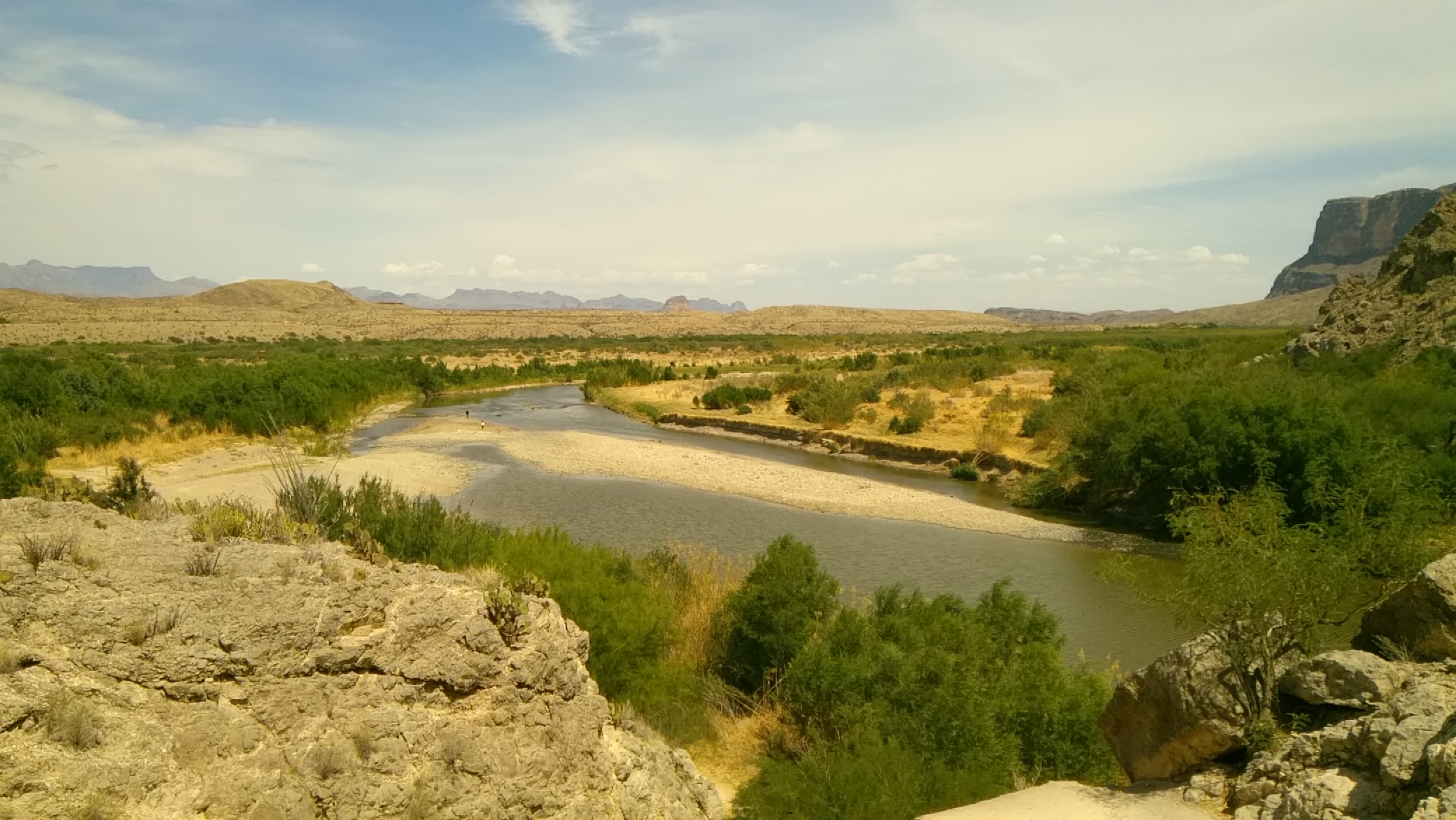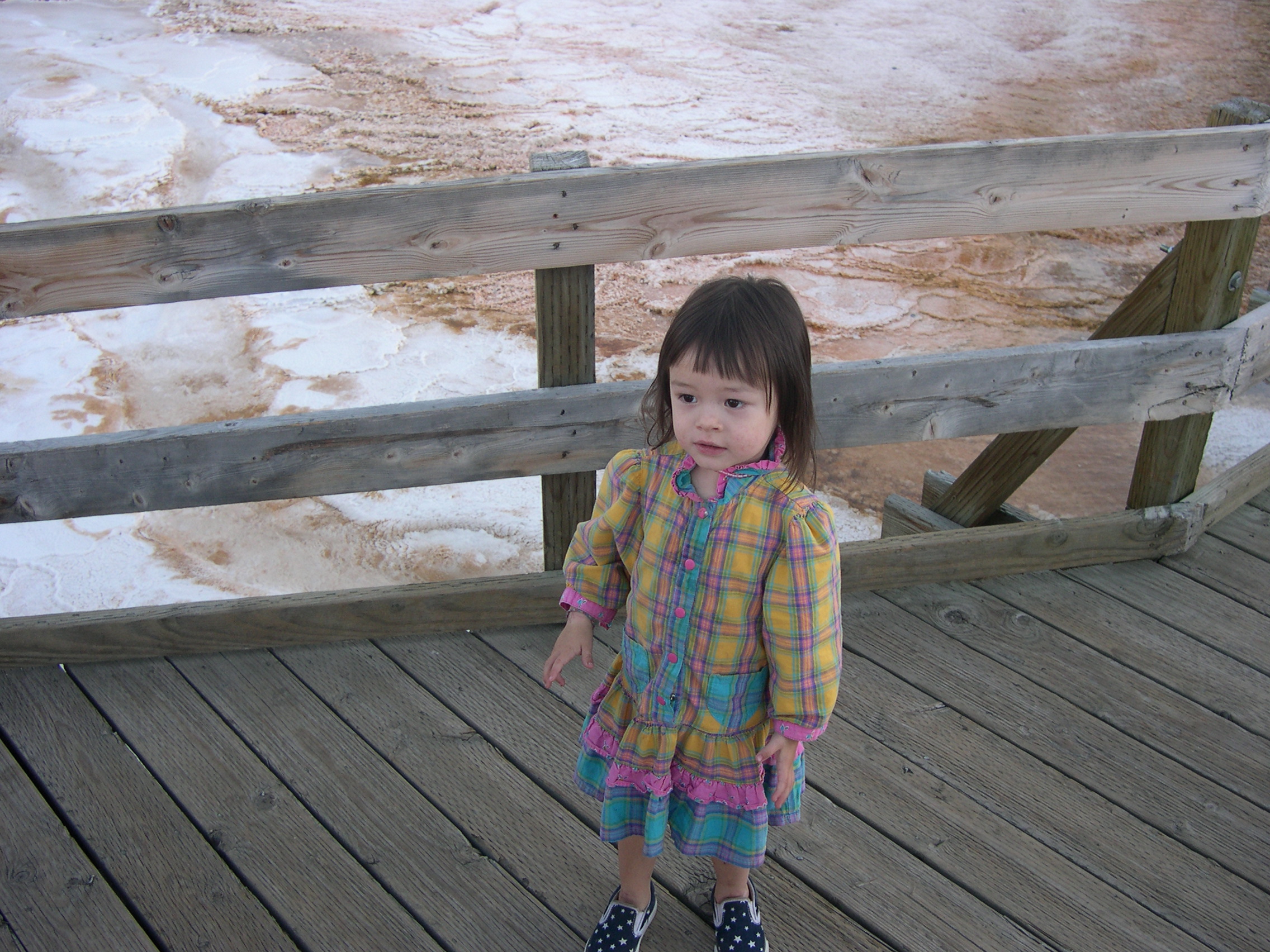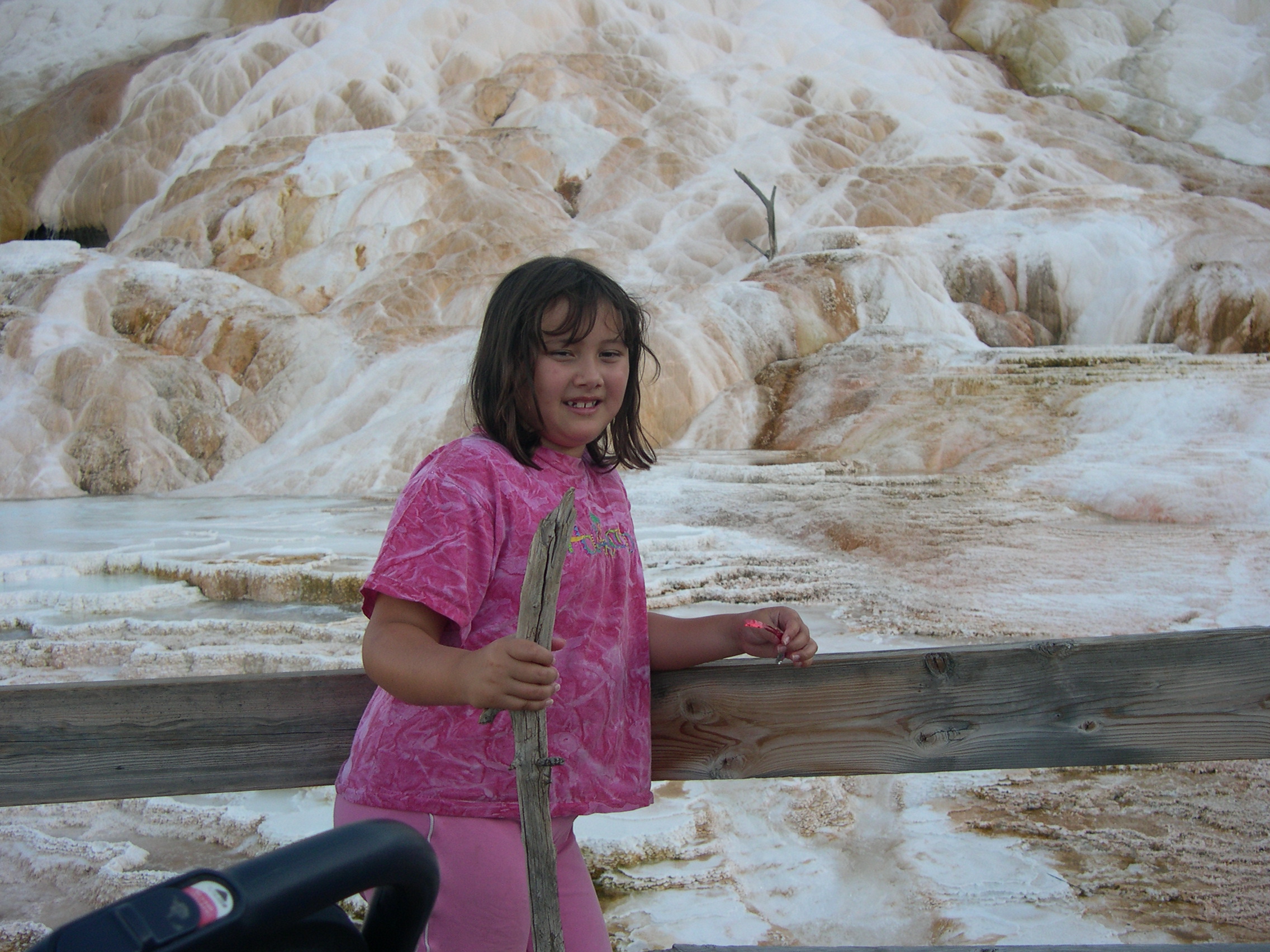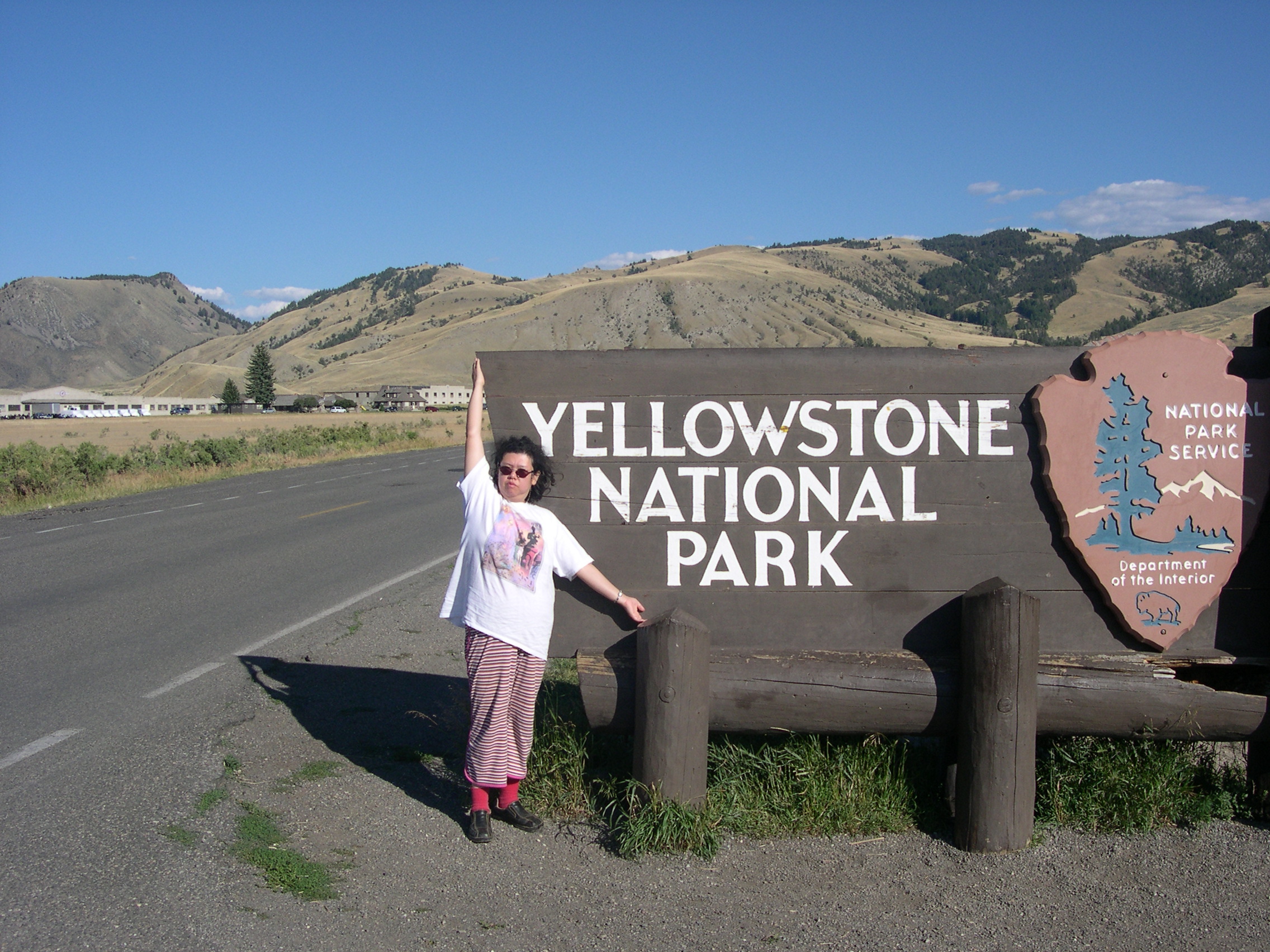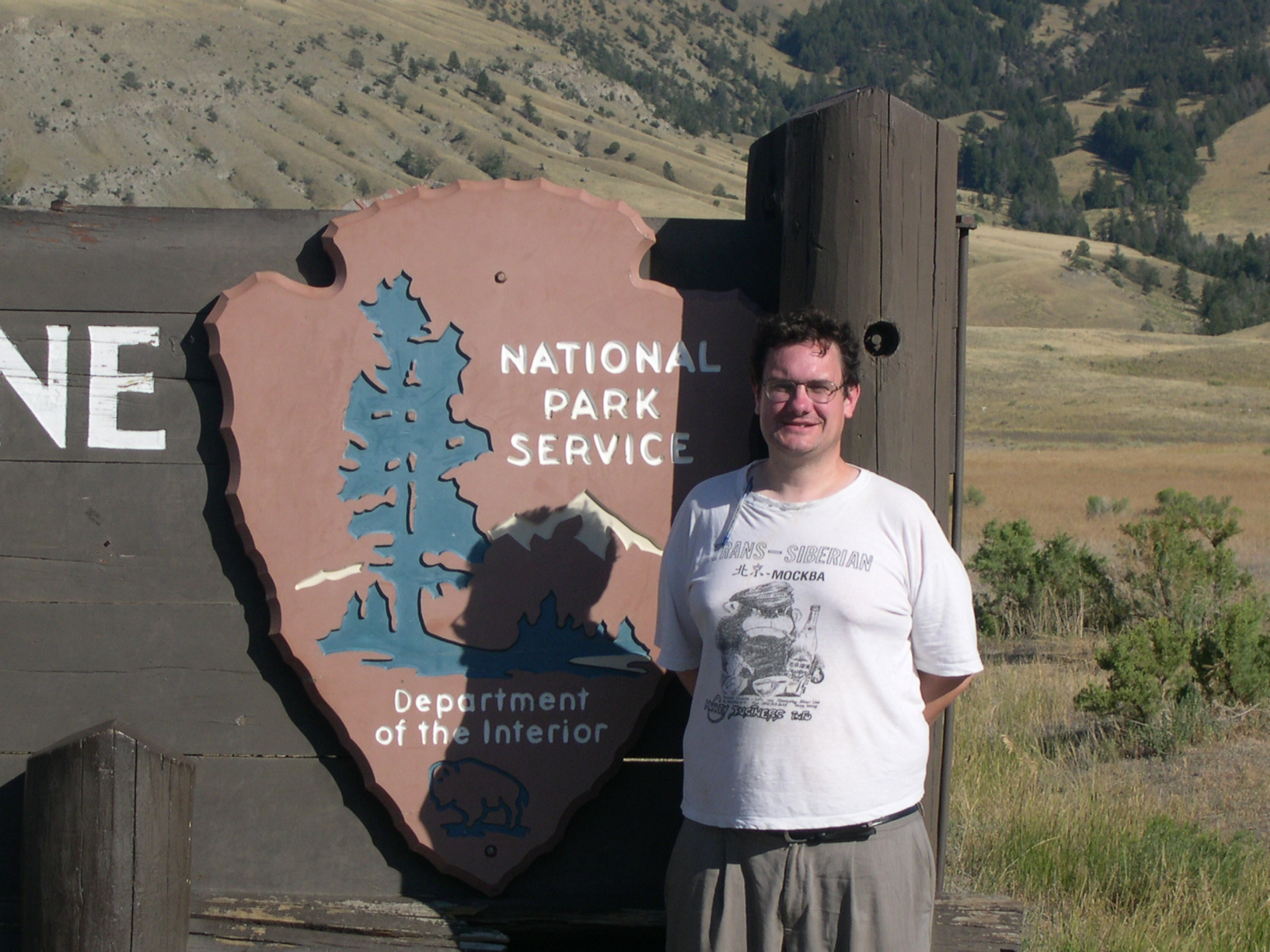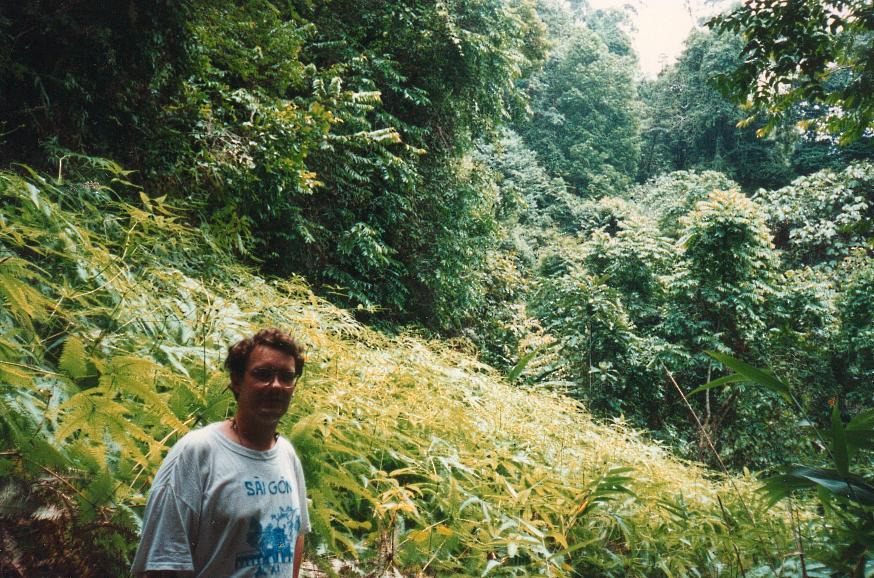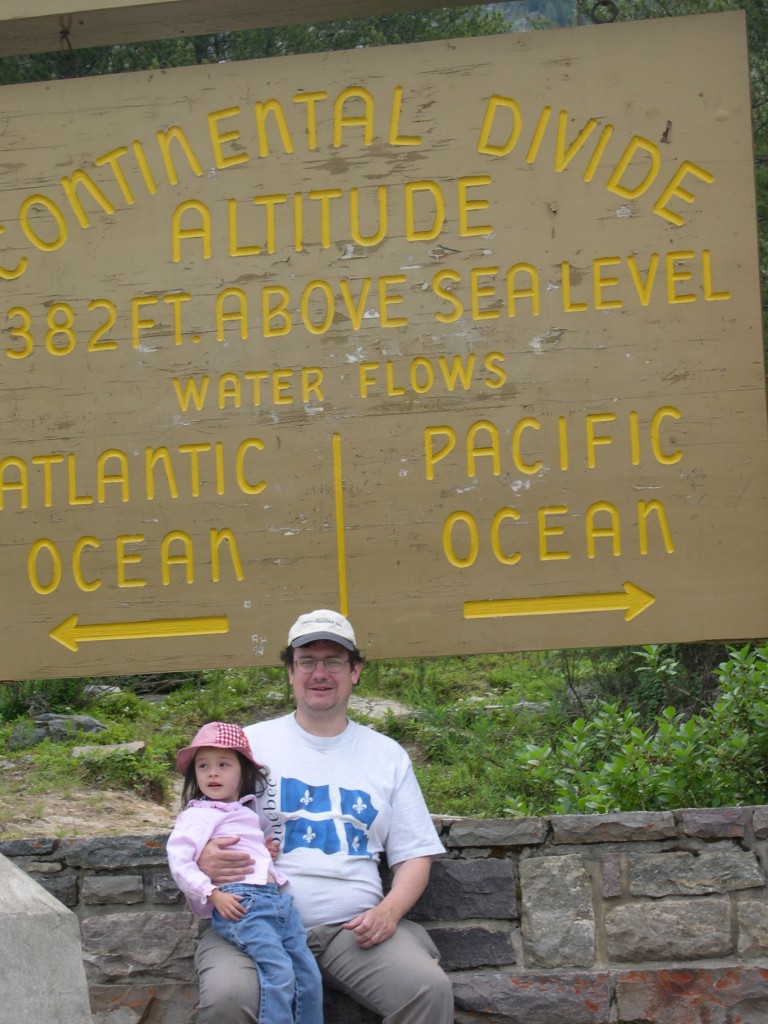We arrived at Cuyahoga Valley National Park at about noon on July 4 under a hot and copper Ohio sky. Luckily, both of the places we visited in the park were well shaded. The Cuyahoga Valley, hugging the Cuyahoga River south of Cleveland and north of Akron, is a lush place in summer.
 First we took a short but pleasant walk on a boardwalk trail to see the Brandywine Falls.
First we took a short but pleasant walk on a boardwalk trail to see the Brandywine Falls.

 Soon you come to a series of stairs that takes you to an observation deck near the 65-foot falls, which were carved by Brandywine Creek.
Soon you come to a series of stairs that takes you to an observation deck near the 65-foot falls, which were carved by Brandywine Creek.
 A popular place on a summer holiday.
A popular place on a summer holiday.
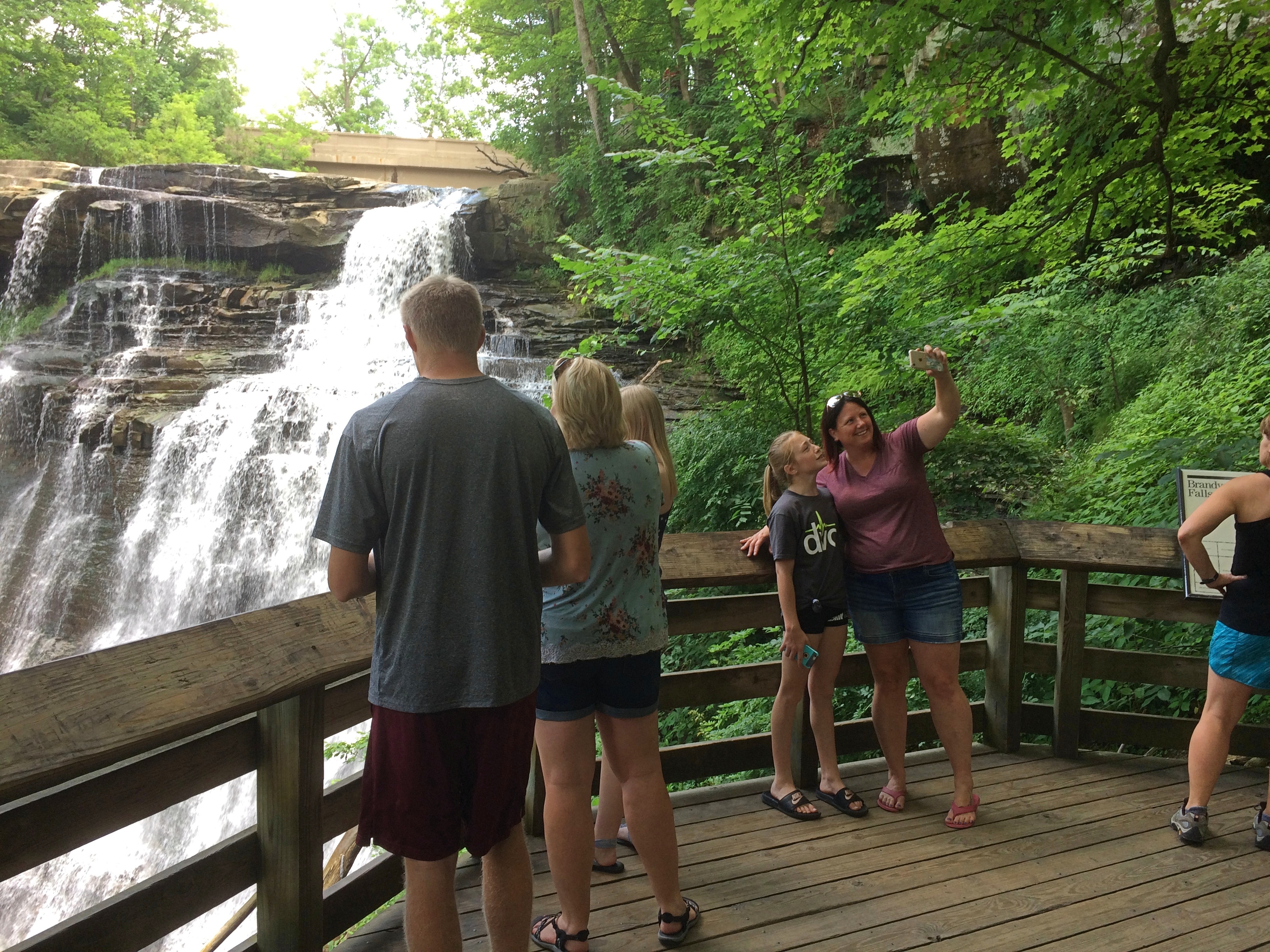 Curiously, even though it’s between two close-by urban centers, Cuyahoga Valley NP as a whole isn’t a top 10 national park in terms of visitor count. It’s no. 13, with just over 2 million visitors in 2018. That might be because it gets a share of visitors from Cleveland and other parts of Ohio, but not as many from elsewhere. People travel to see the Great Smoky Mountains or the Grand Canyon, for instance, but probably not so many to see Cuyahoga Valley.
Curiously, even though it’s between two close-by urban centers, Cuyahoga Valley NP as a whole isn’t a top 10 national park in terms of visitor count. It’s no. 13, with just over 2 million visitors in 2018. That might be because it gets a share of visitors from Cleveland and other parts of Ohio, but not as many from elsewhere. People travel to see the Great Smoky Mountains or the Grand Canyon, for instance, but probably not so many to see Cuyahoga Valley.
 As long ago as 1814, a saw mill was built to use the power of the falls, and at other times grist mills were on site, part of a village that existed in the area in the 19th century. Almost all of those structures are long gone, though above the falls, ruins of a small factory from the early 20th century remain.
As long ago as 1814, a saw mill was built to use the power of the falls, and at other times grist mills were on site, part of a village that existed in the area in the 19th century. Almost all of those structures are long gone, though above the falls, ruins of a small factory from the early 20th century remain.
 The structure housed the Champion Electric Co., which made small electric appliances. Lightning started a fire that burned it down in 1937.
The structure housed the Champion Electric Co., which made small electric appliances. Lightning started a fire that burned it down in 1937.
After lunch we went to take a walk on the Ledges Trail, which is in the Virginia Kendall unit of the park.
 In full, the formations are called the Ritchie Ledges, which geologists say were made from a substance called Sharon Conglomerate millions of years ago. I’ll take their word for it, since my geologic knowledge is paltry. But I do know that it makes for a intriguing trail that isn’t too hard to walk, though it does have its bumpy moments.
In full, the formations are called the Ritchie Ledges, which geologists say were made from a substance called Sharon Conglomerate millions of years ago. I’ll take their word for it, since my geologic knowledge is paltry. But I do know that it makes for a intriguing trail that isn’t too hard to walk, though it does have its bumpy moments.
The trail starts at the top of the ledges.
 Then it winds down to the bottom of the ledges.
Then it winds down to the bottom of the ledges.
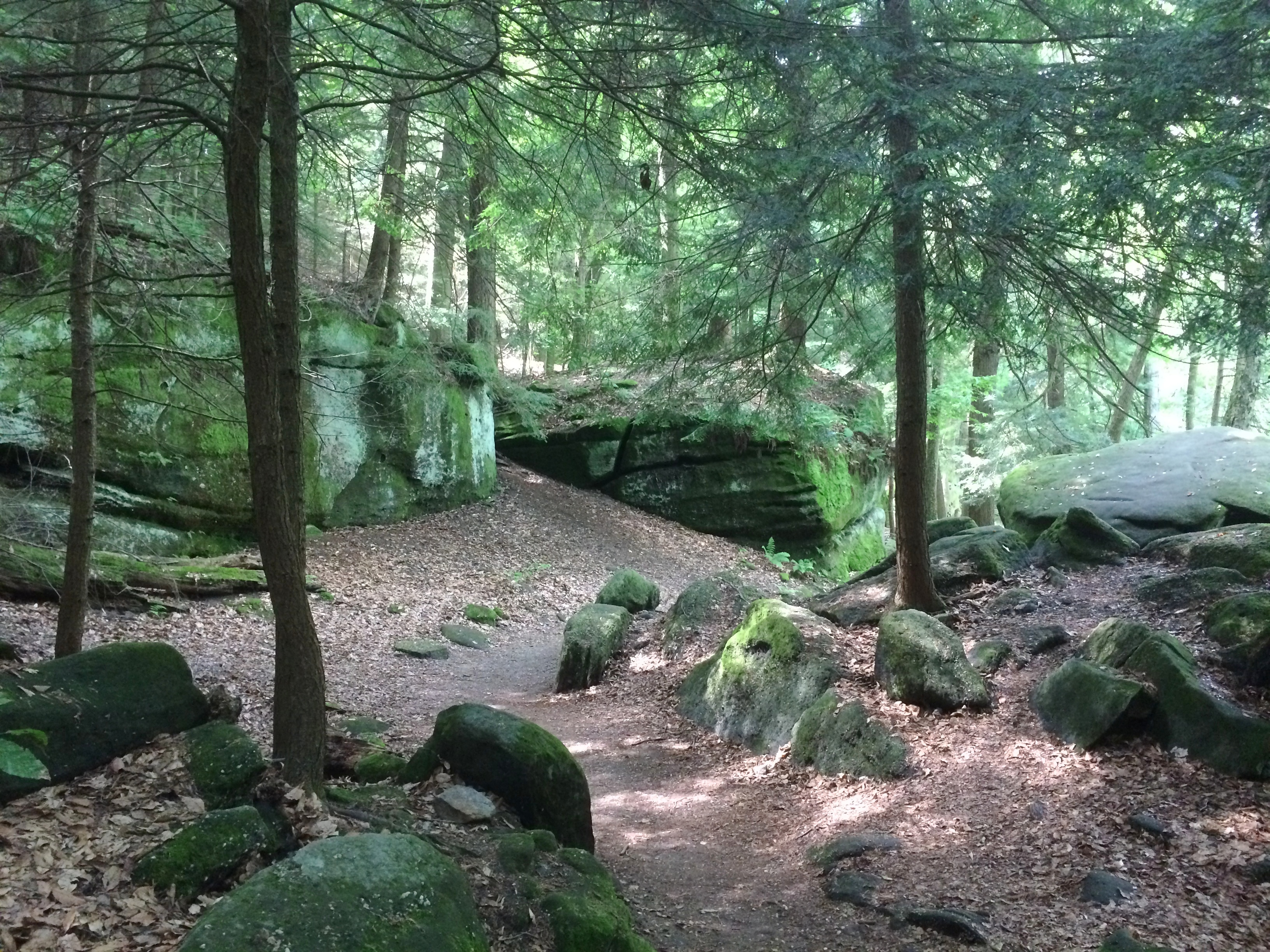
 The trees weren’t the only greenery.
The trees weren’t the only greenery.
The Ledges Trail wasn’t as crowded as the trail to the Brandywine Waterfall, but there were a few other people.
A side trail traversed a narrow pass.

 At one point there’s a shortcut formed by stone stairs. Who built them? The CCC, naturally.
At one point there’s a shortcut formed by stone stairs. Who built them? The CCC, naturally.
 Before I visited the park, I hadn’t known that Cuyahoga Valley is a fairly recent national park, receiving that status only in 2000. Before that, it was a National Recreation Area, but only since 1974. Guess the region got that designation after the infamous fire, one of a series over the decades, that burned 50 years ago on the lower reaches of the Cuyahoga at some distance from today’s national park.
Before I visited the park, I hadn’t known that Cuyahoga Valley is a fairly recent national park, receiving that status only in 2000. Before that, it was a National Recreation Area, but only since 1974. Guess the region got that designation after the infamous fire, one of a series over the decades, that burned 50 years ago on the lower reaches of the Cuyahoga at some distance from today’s national park.





